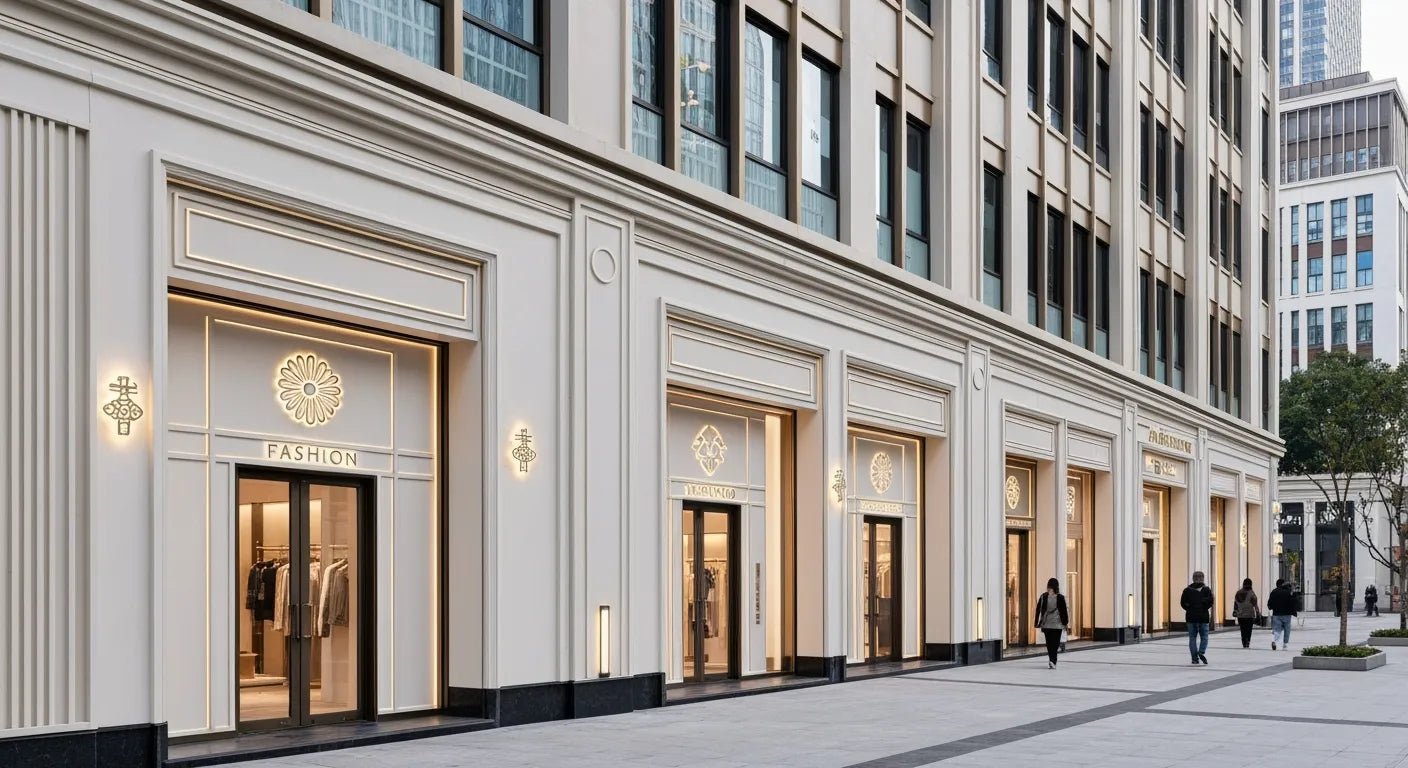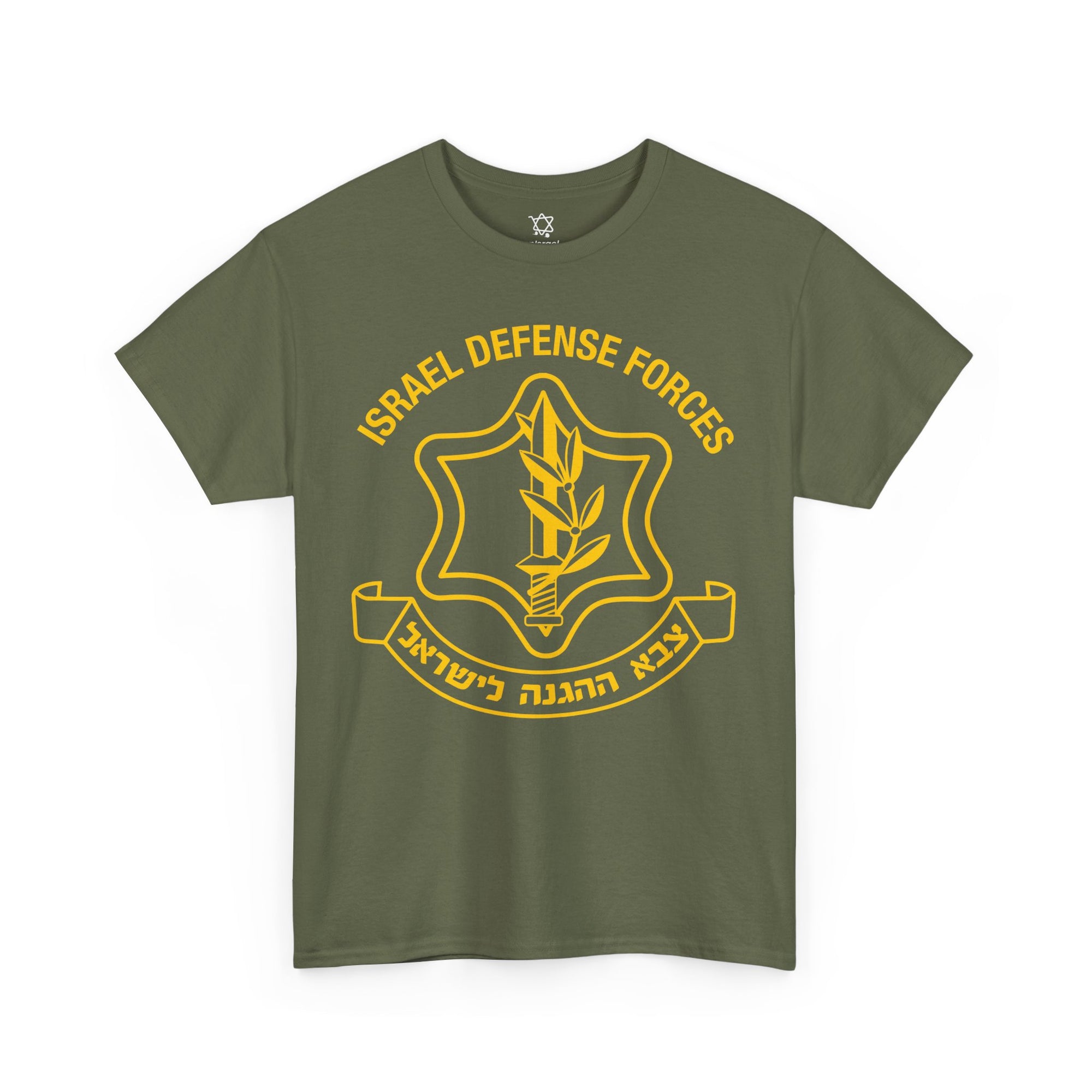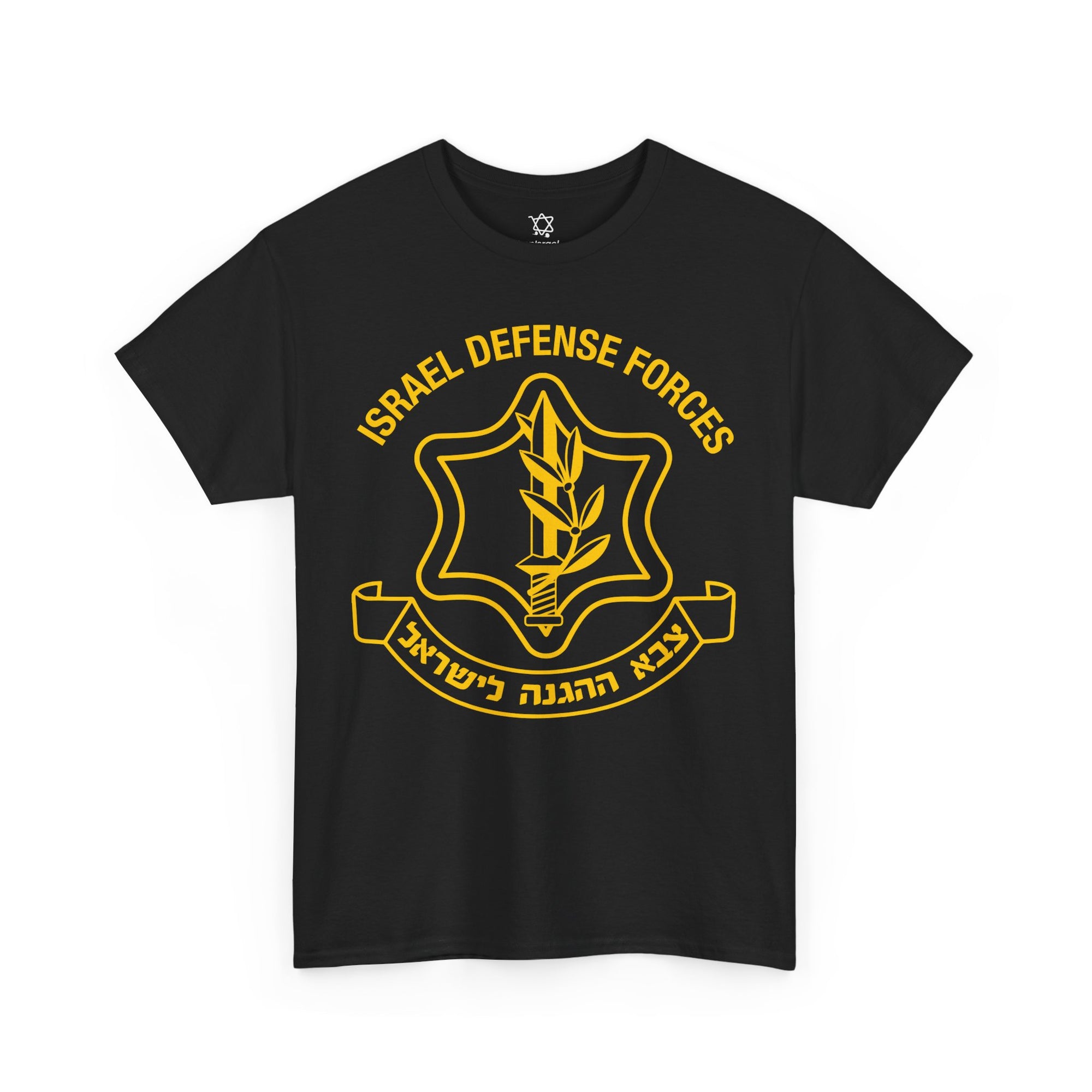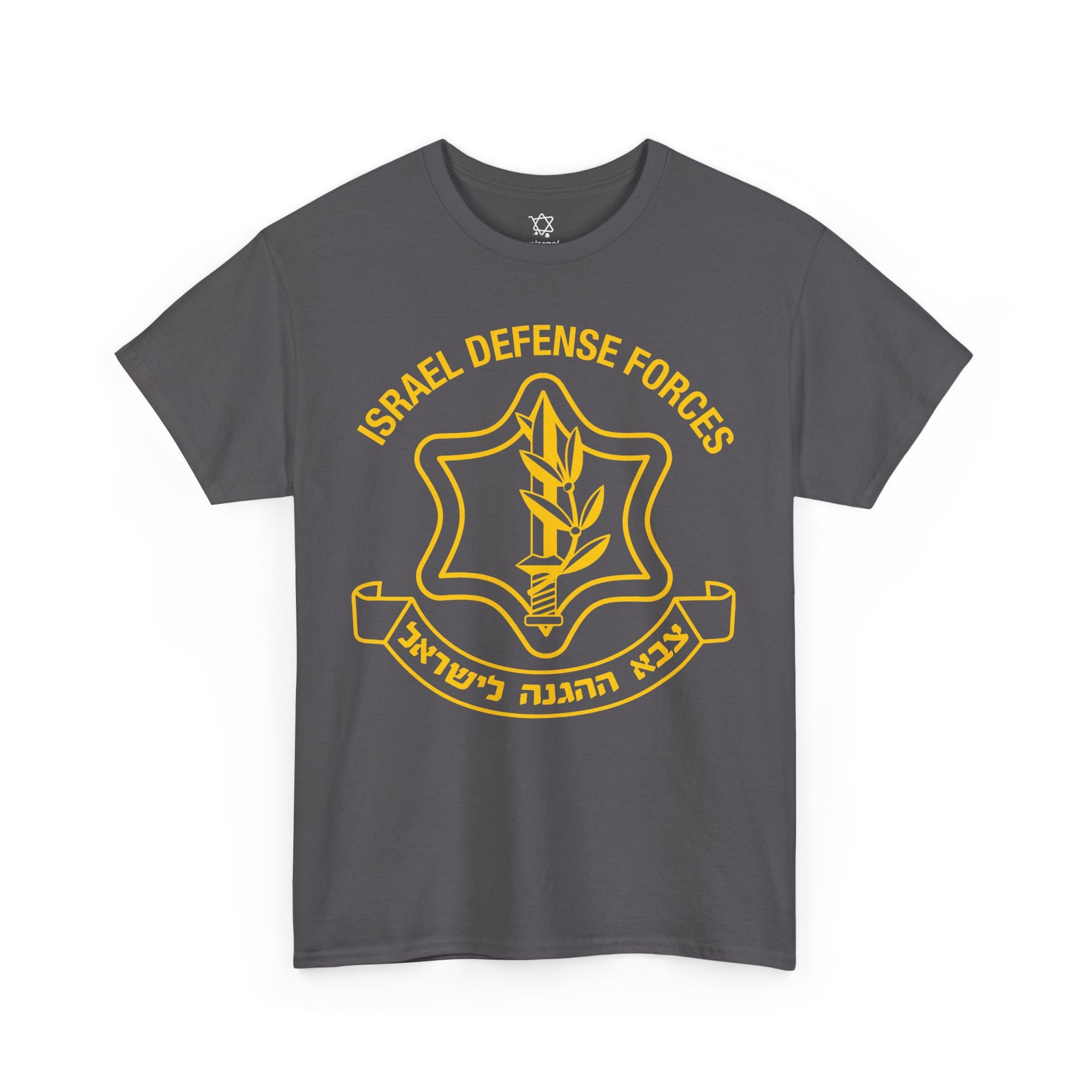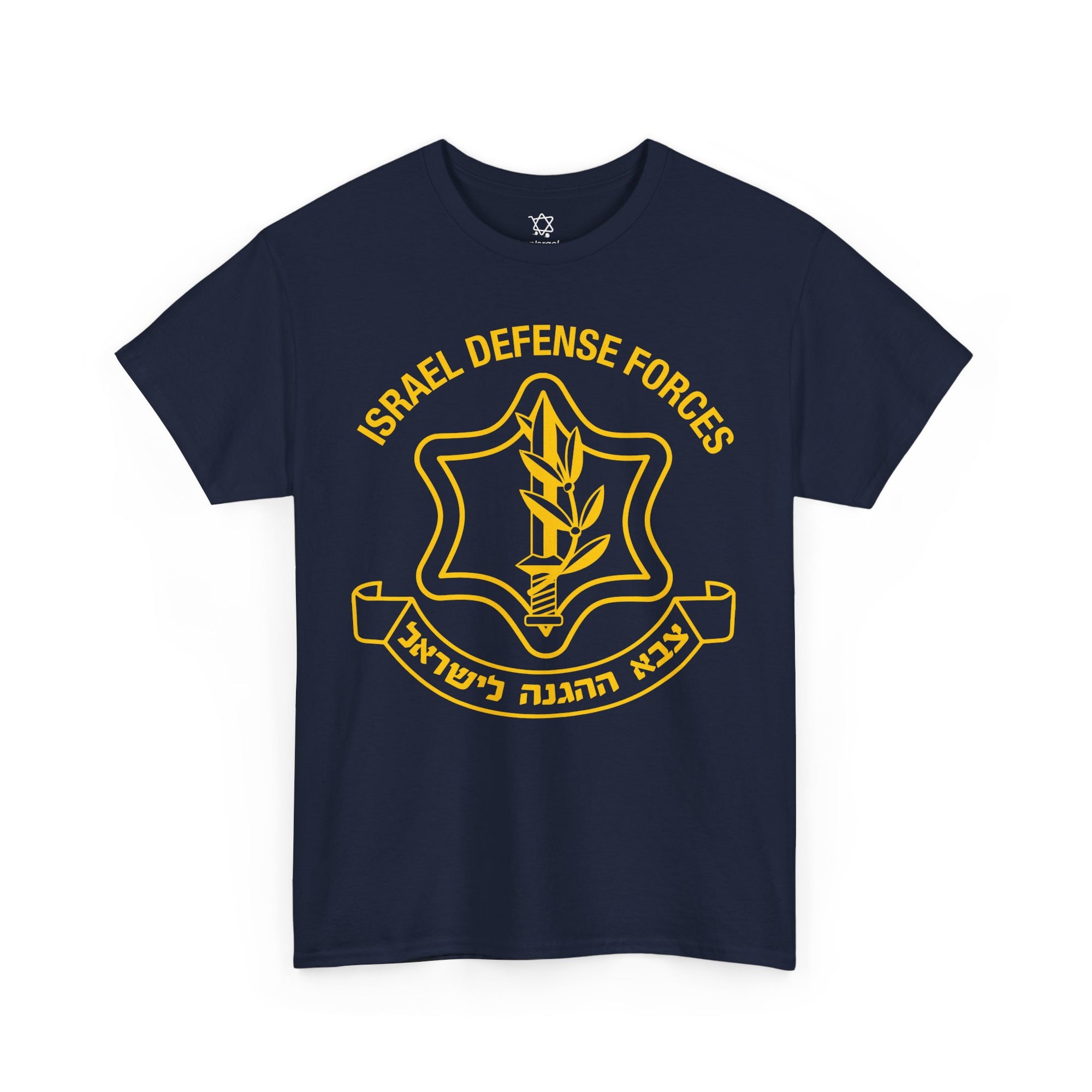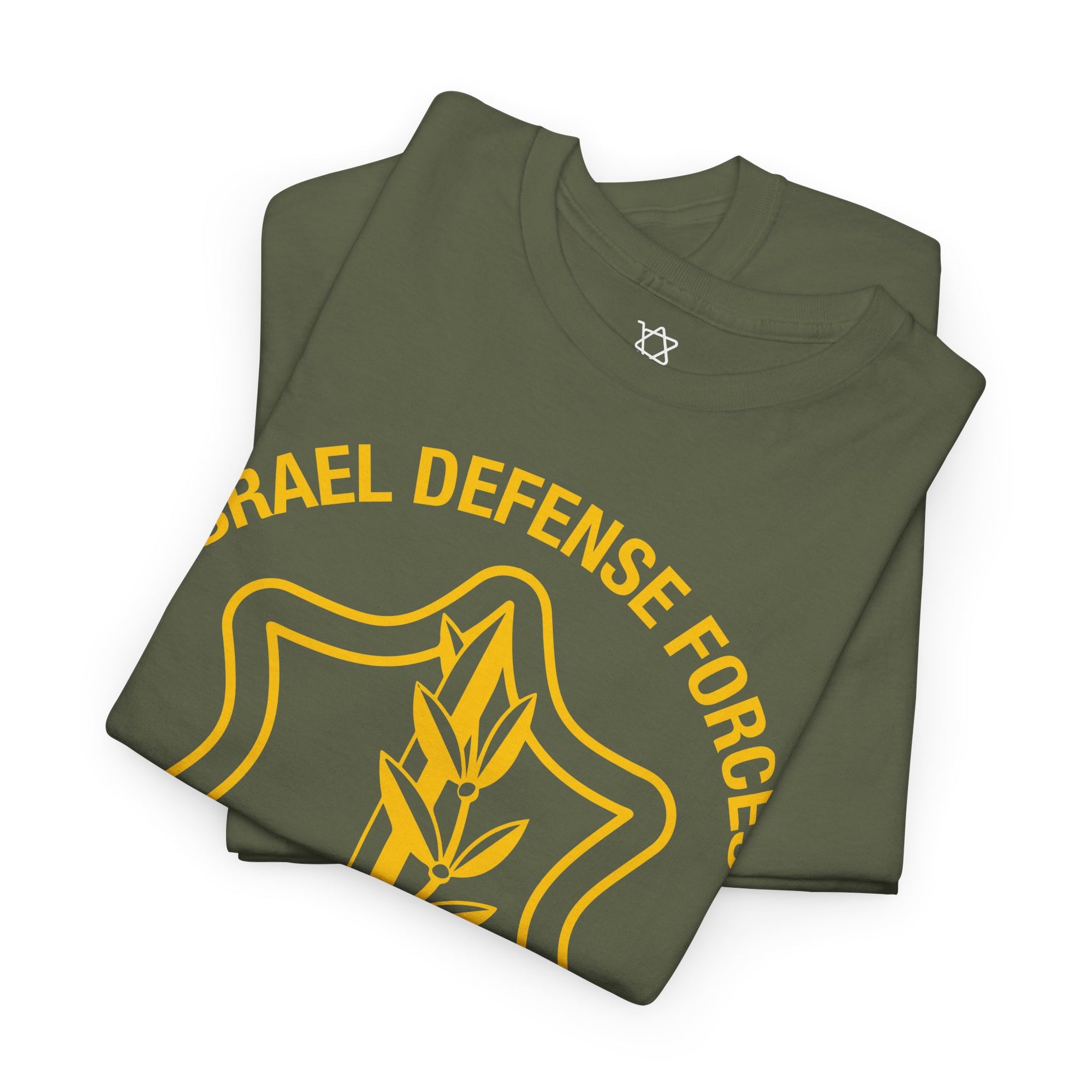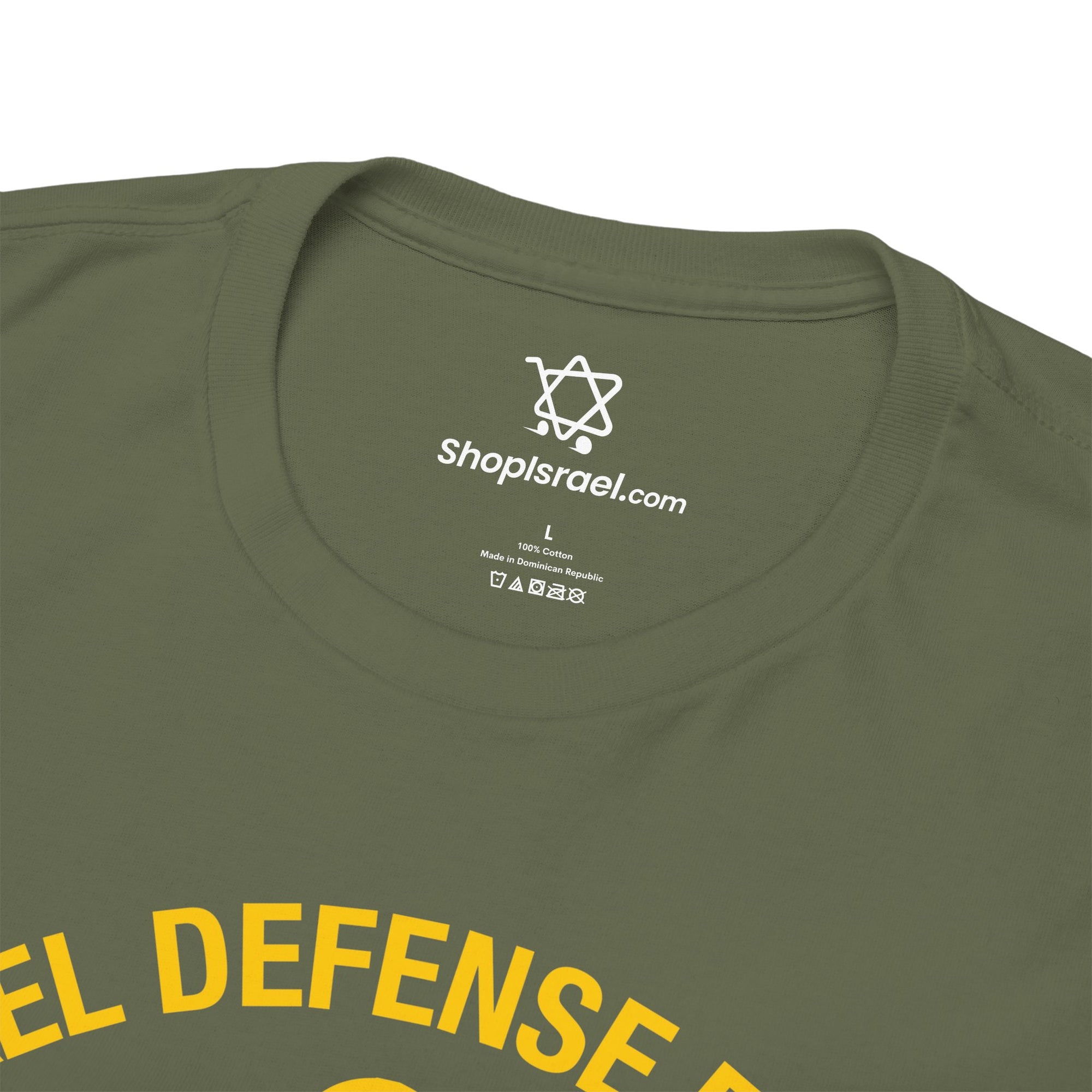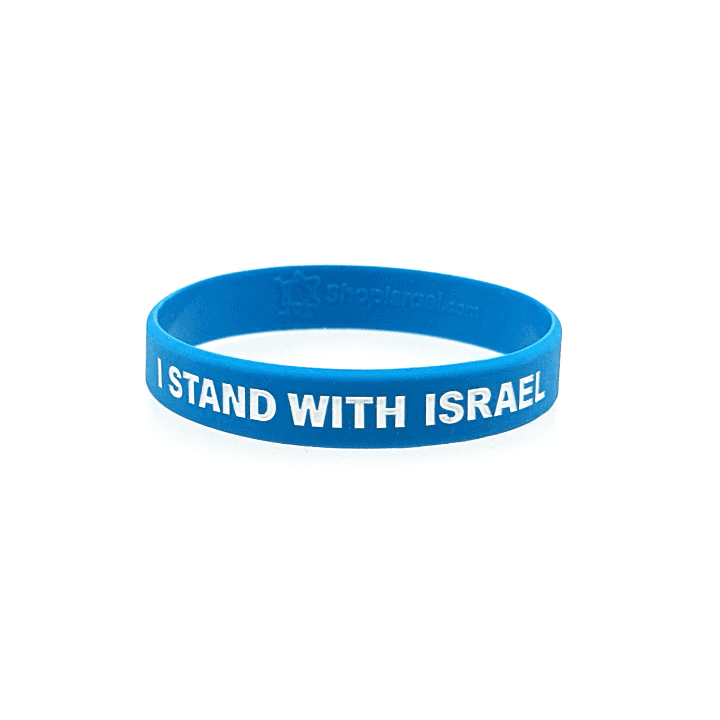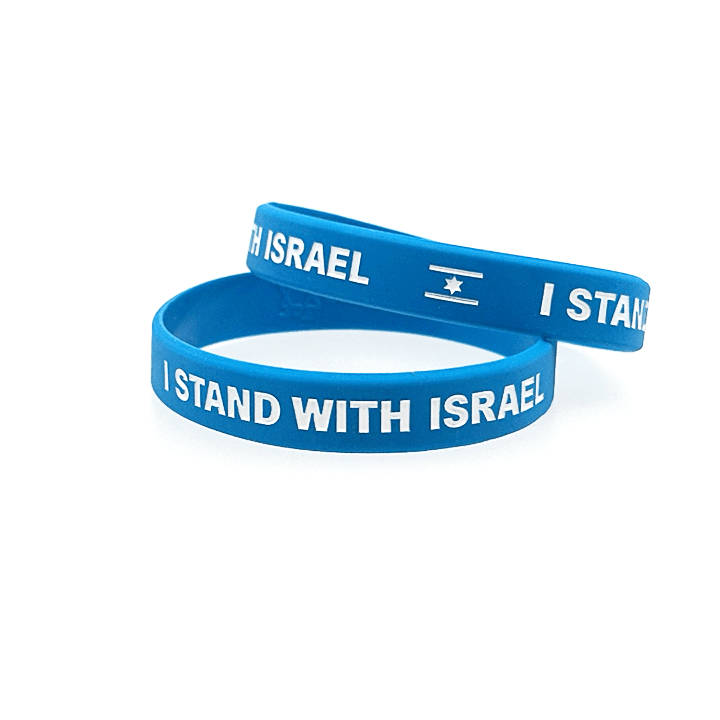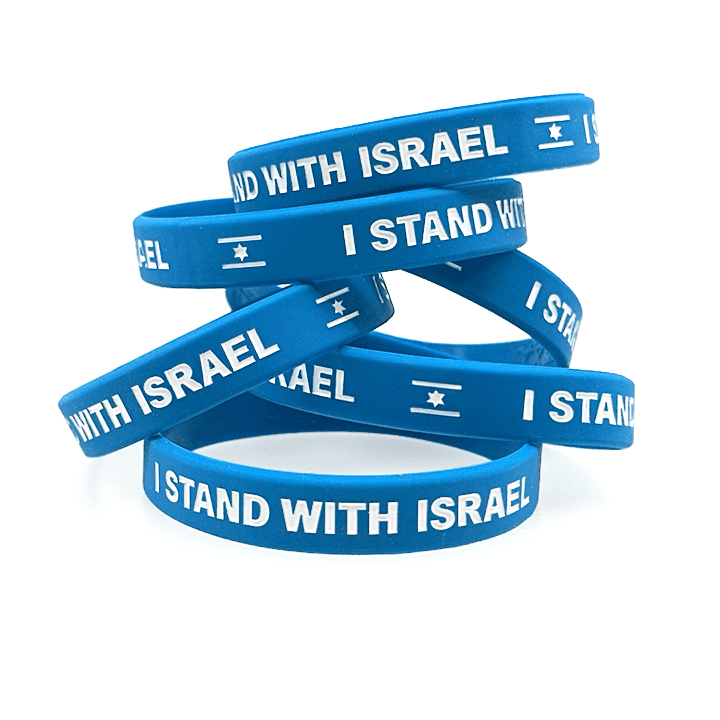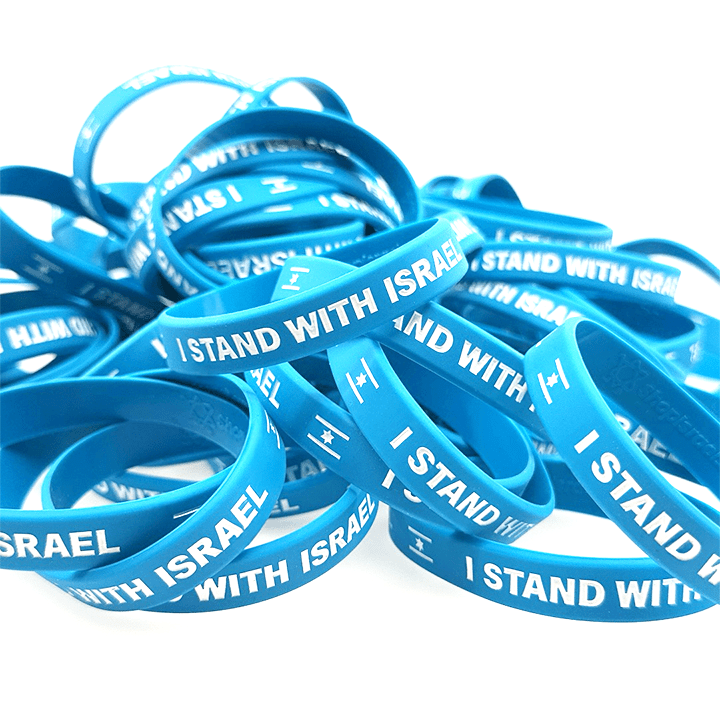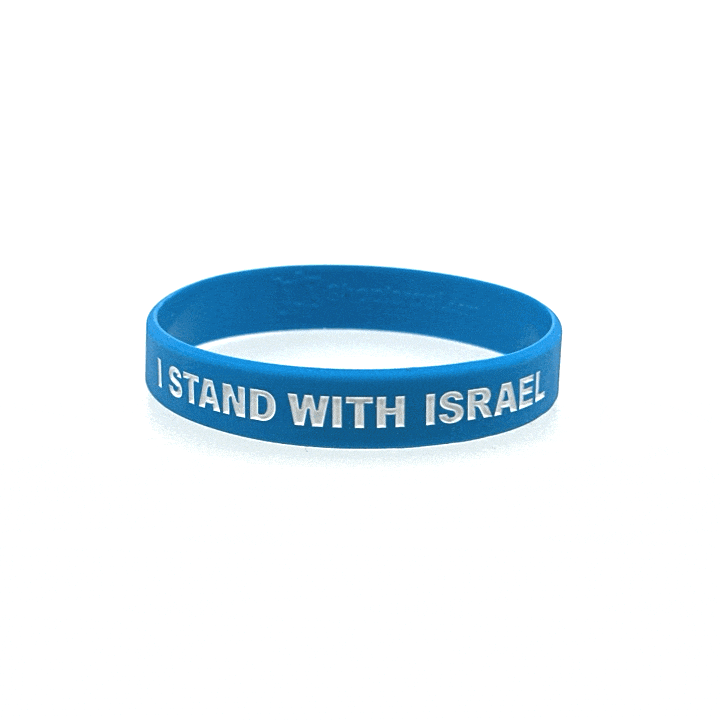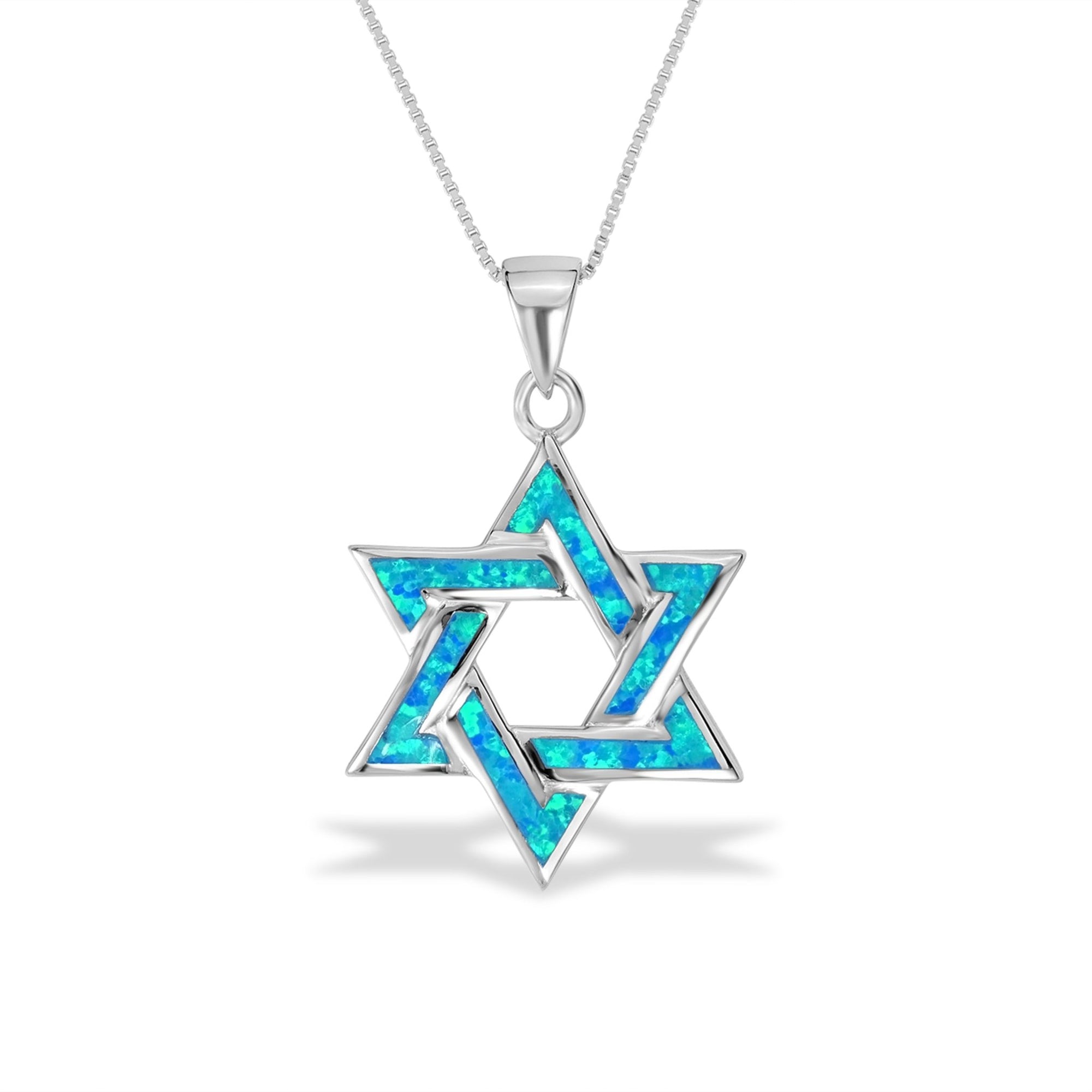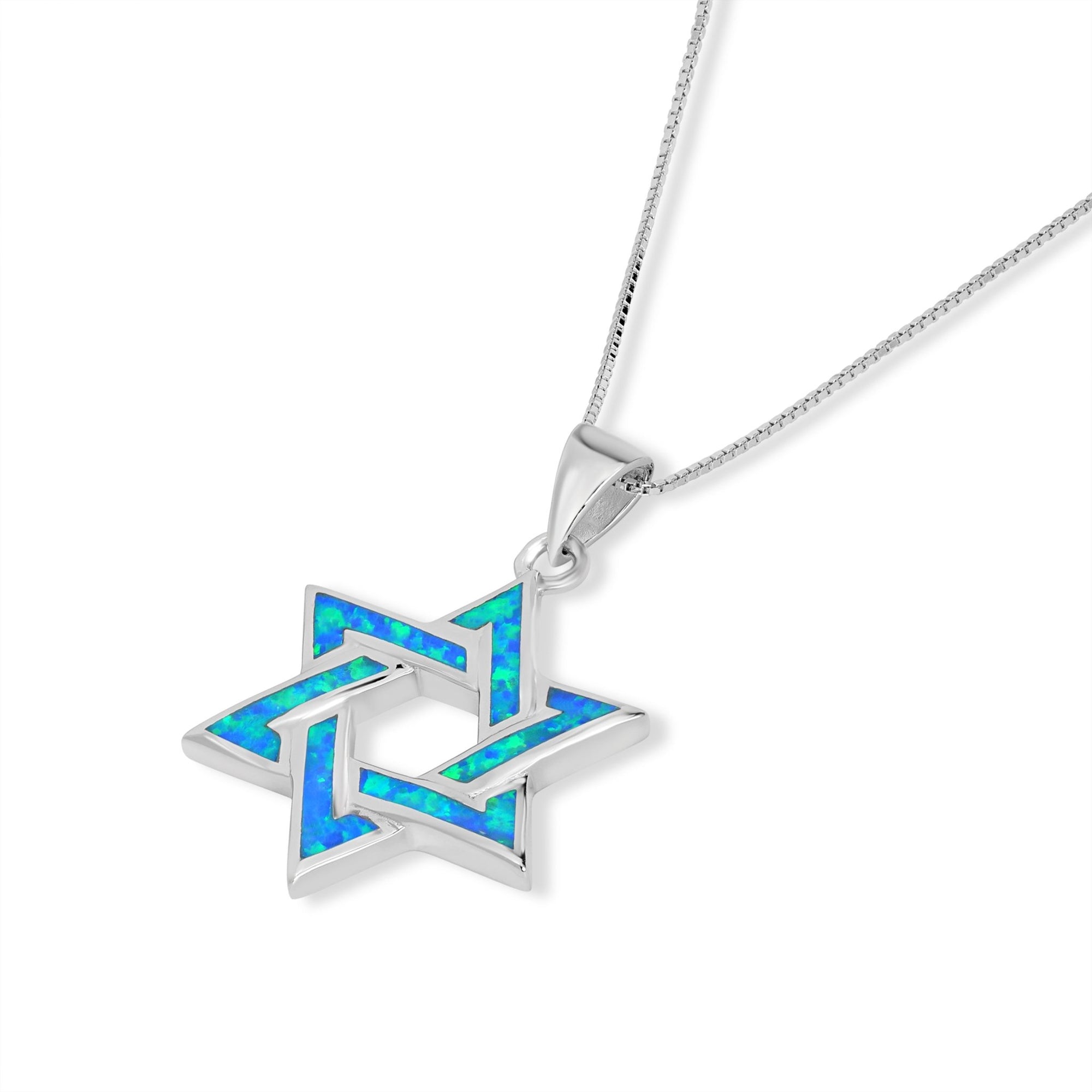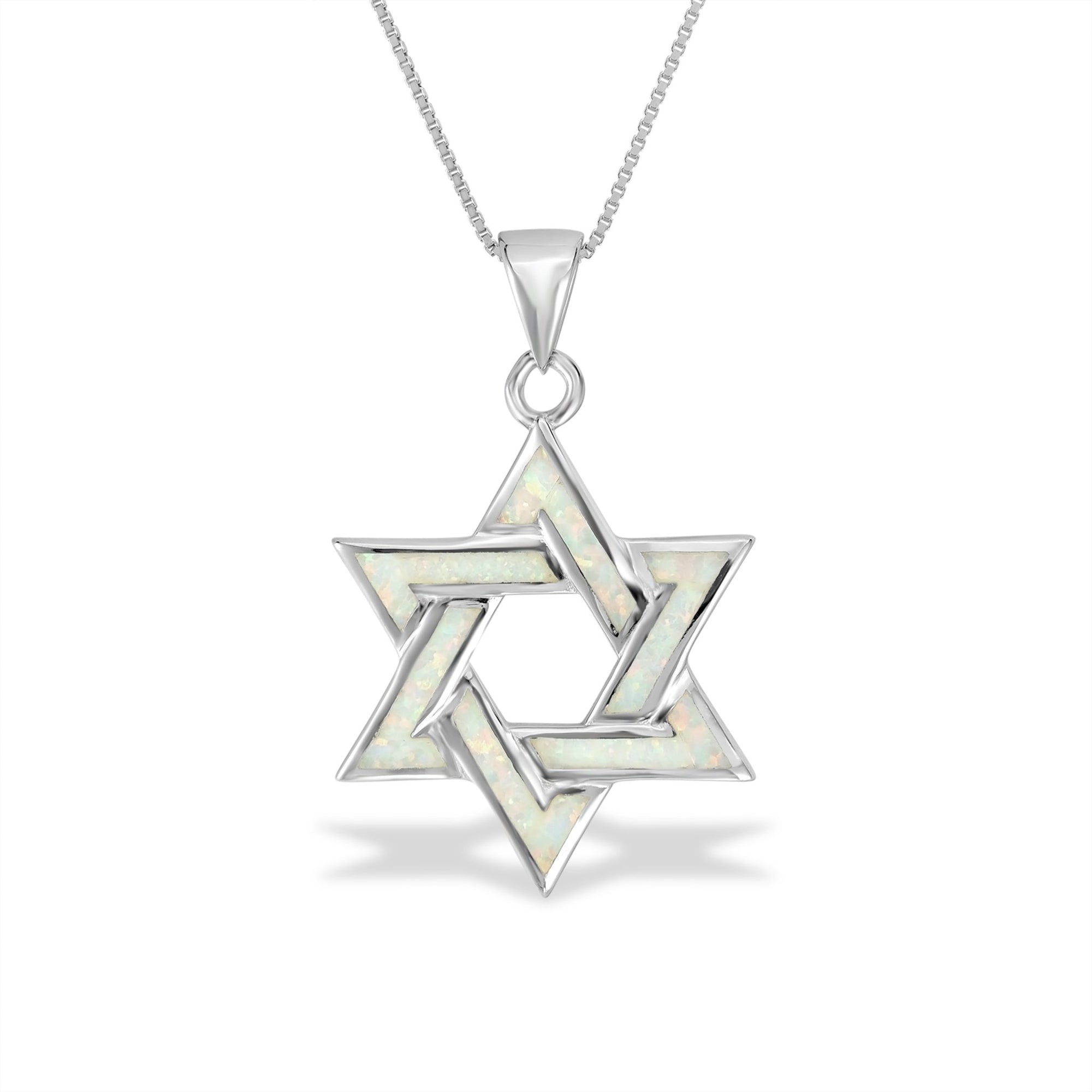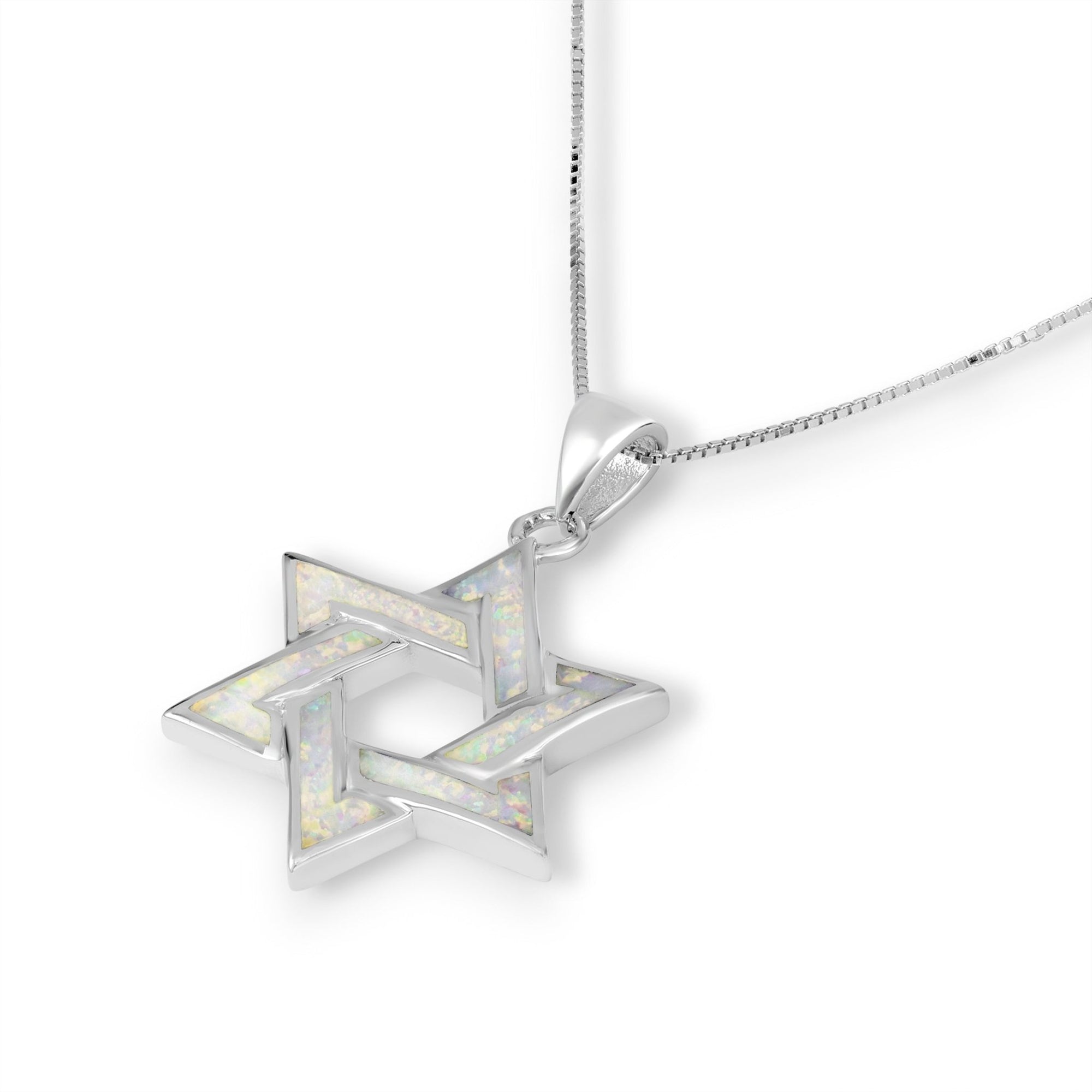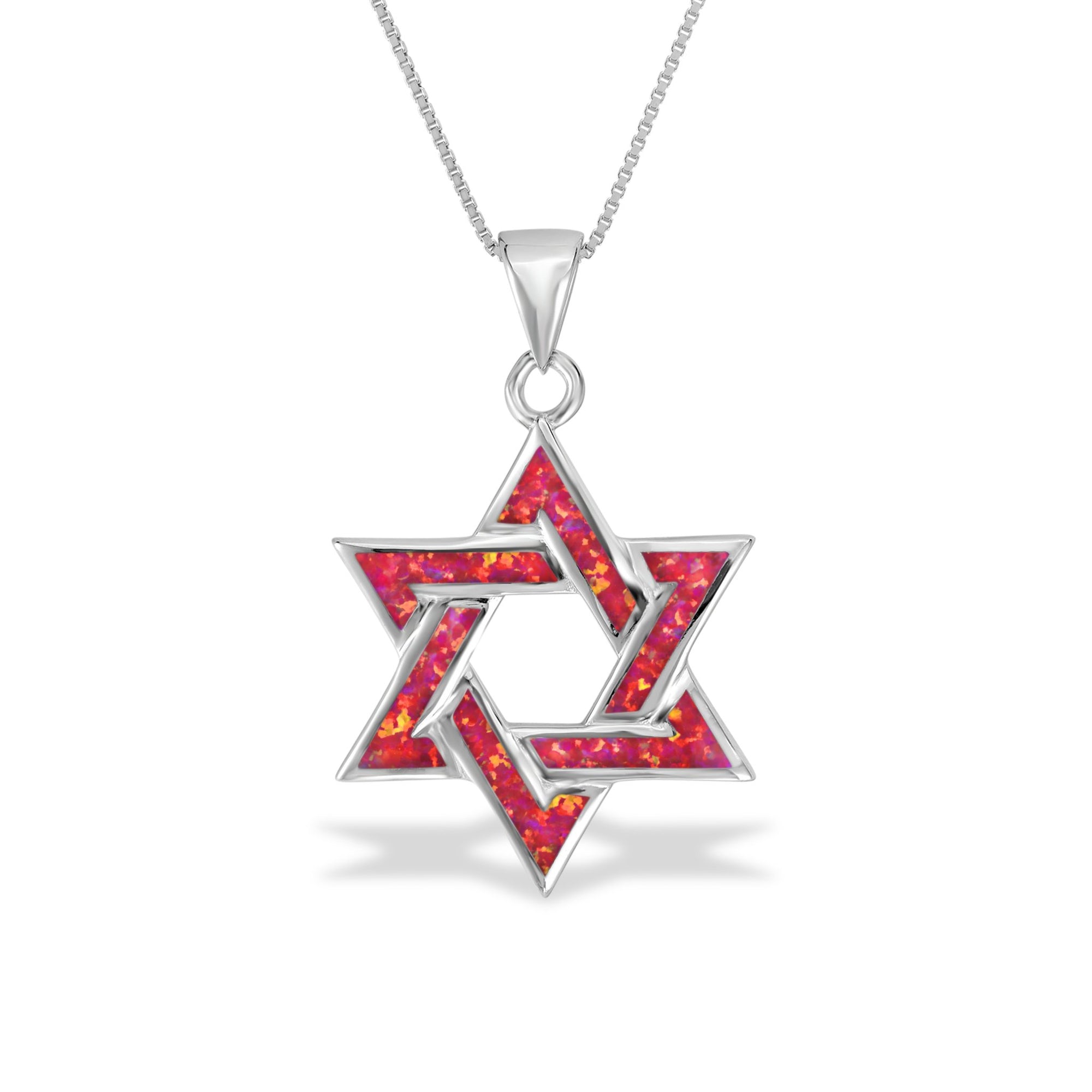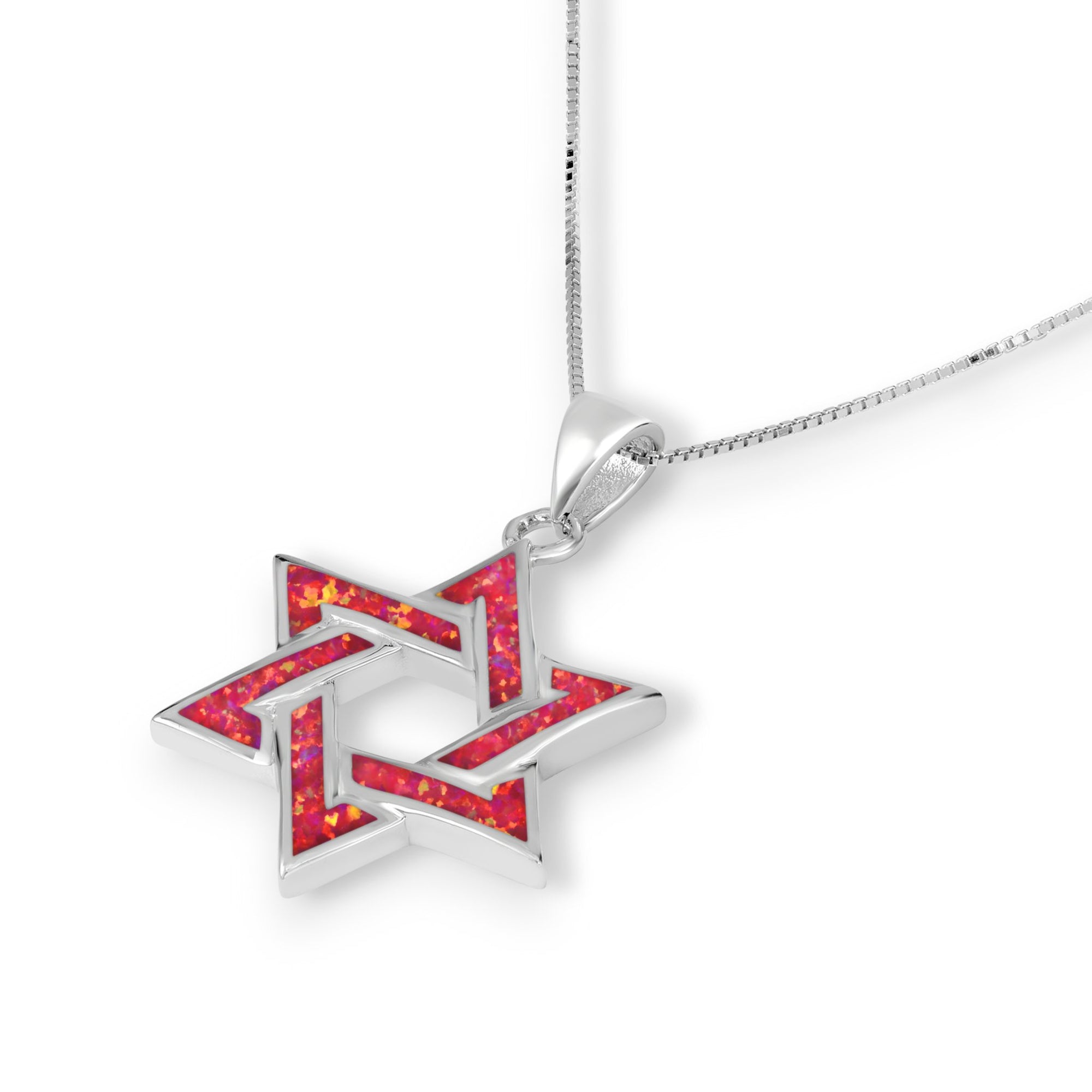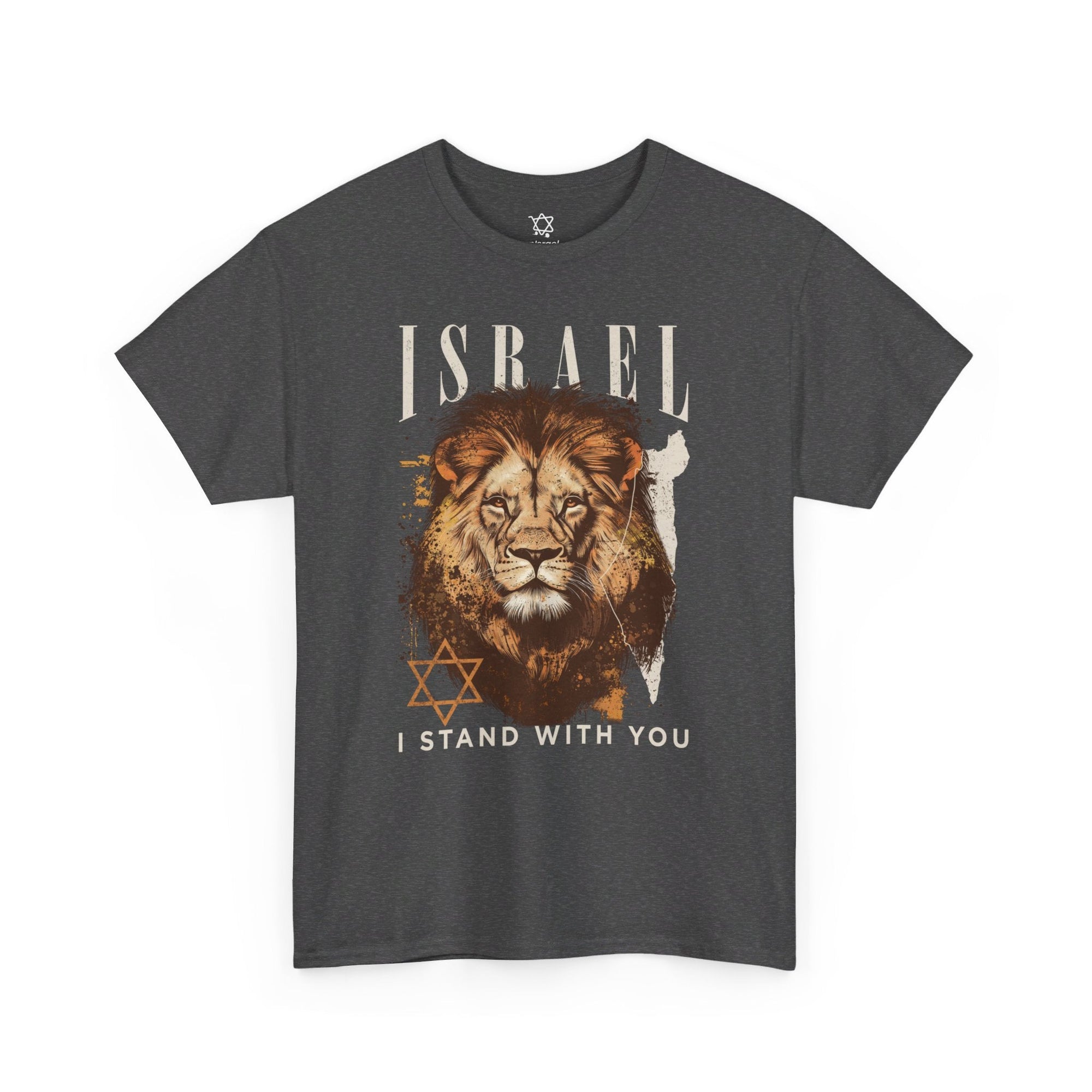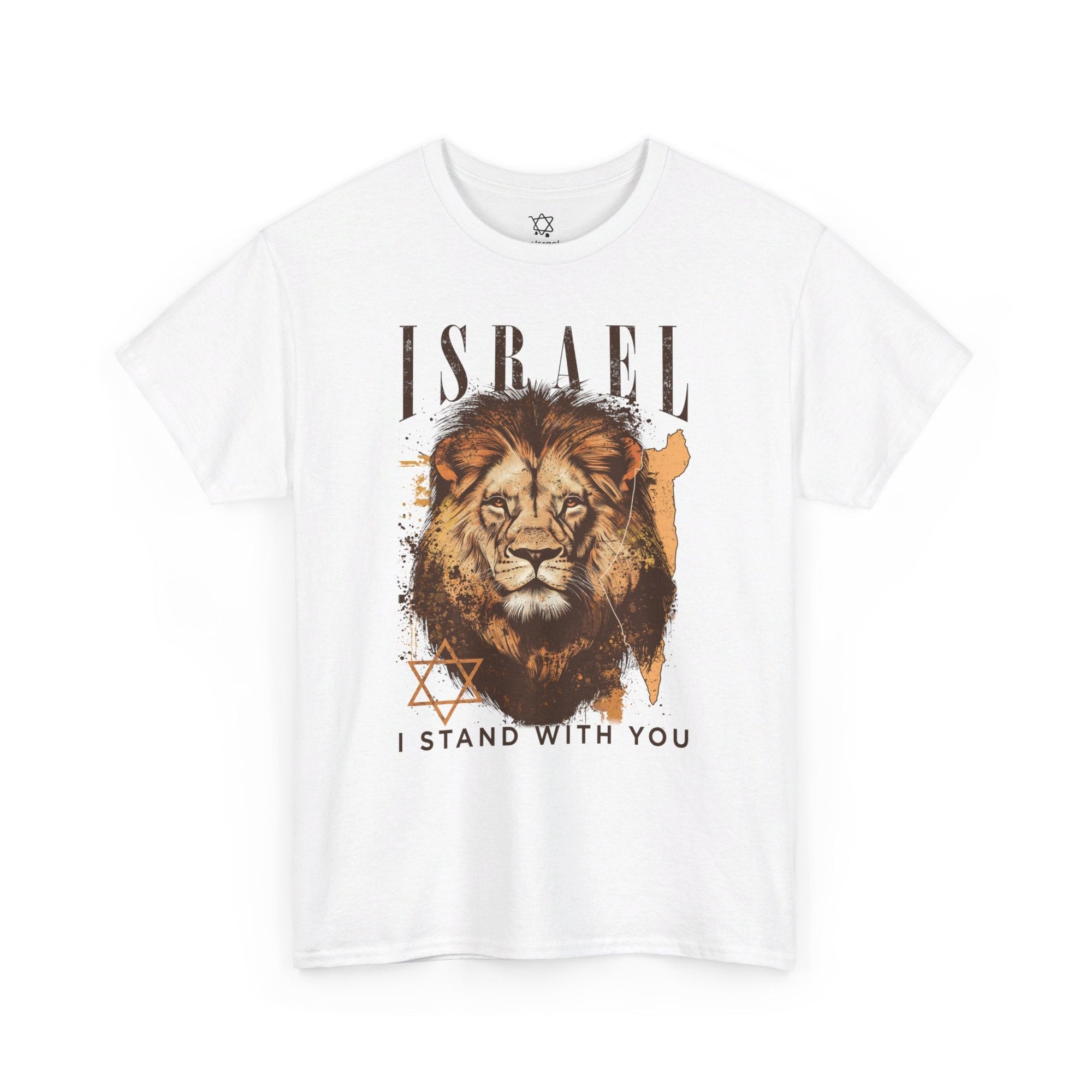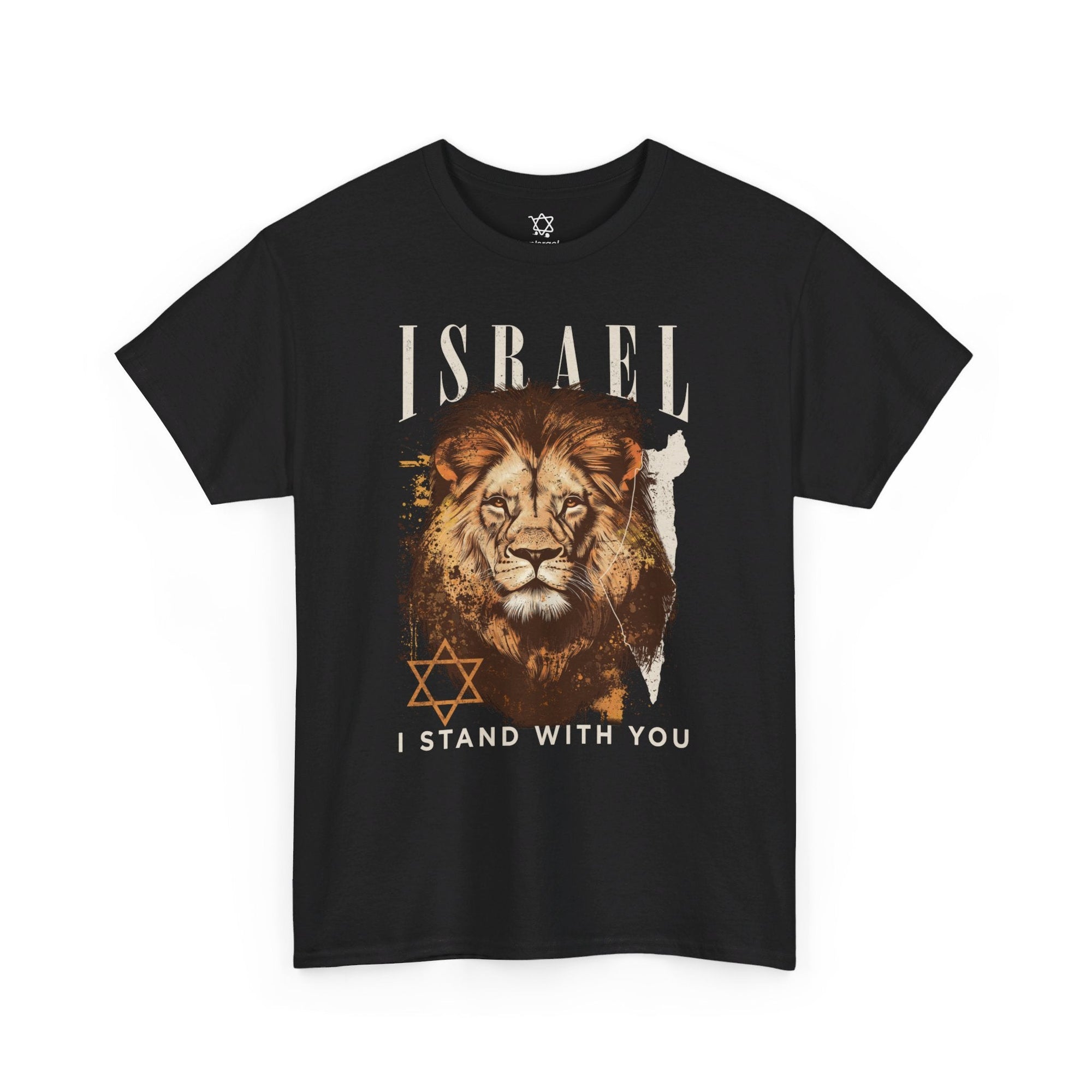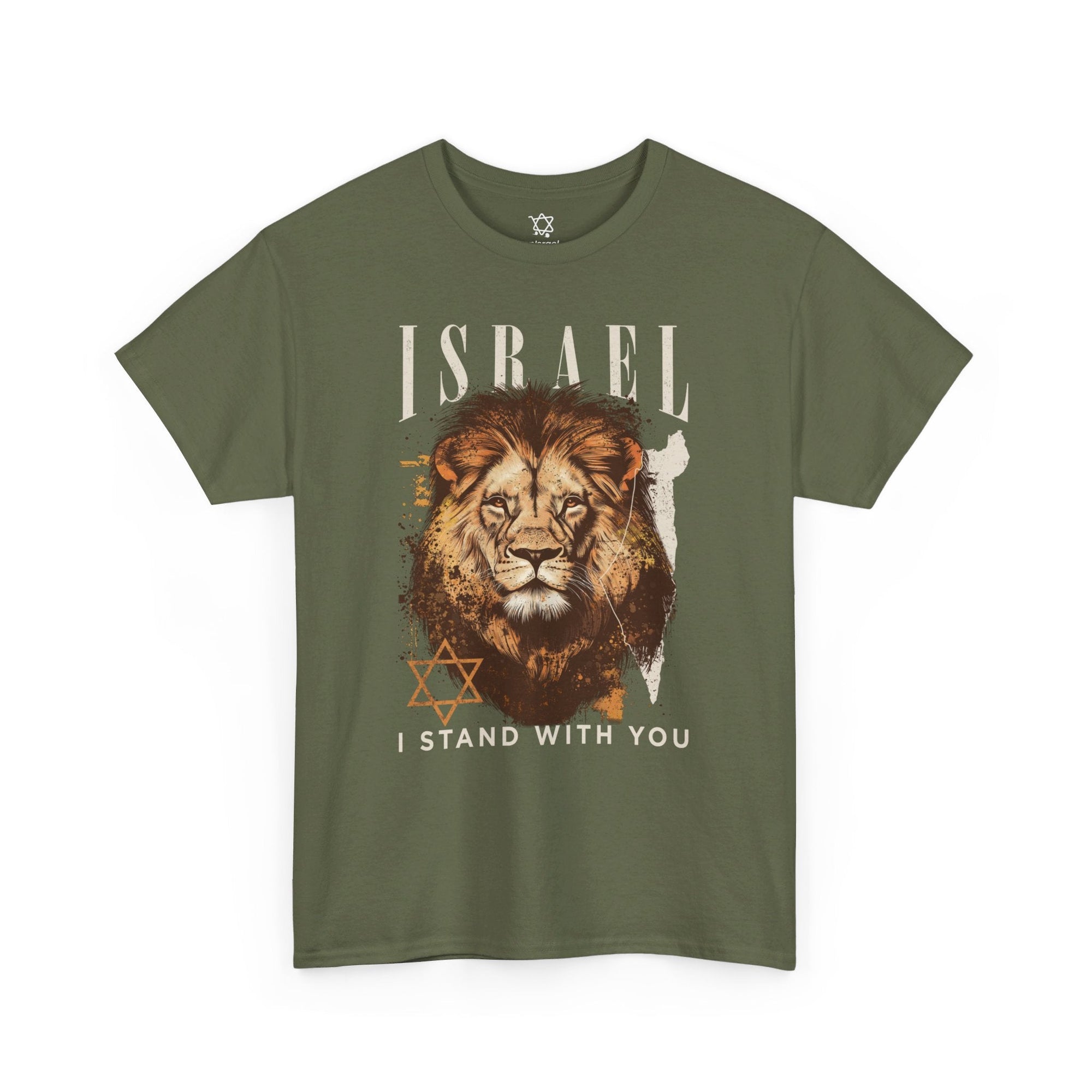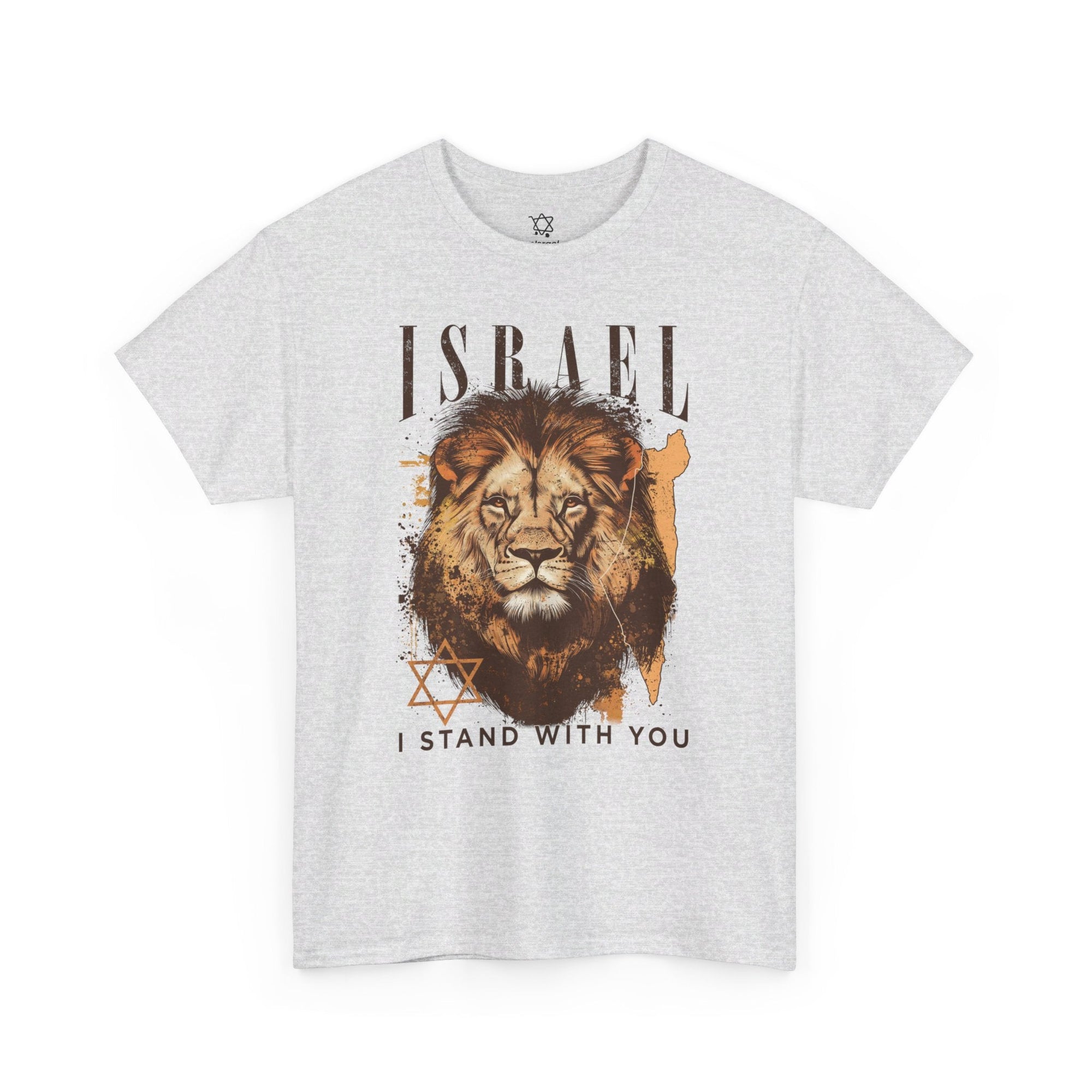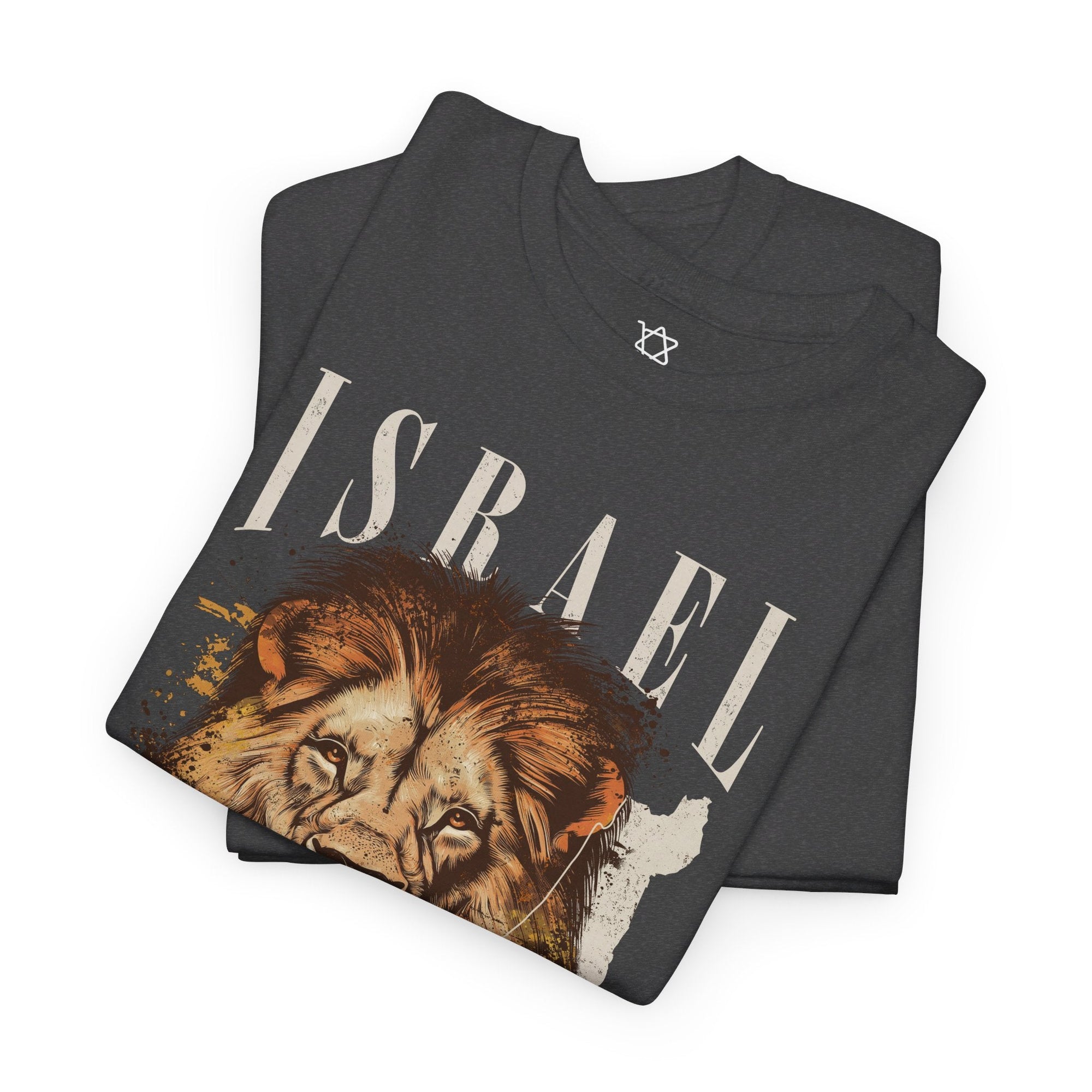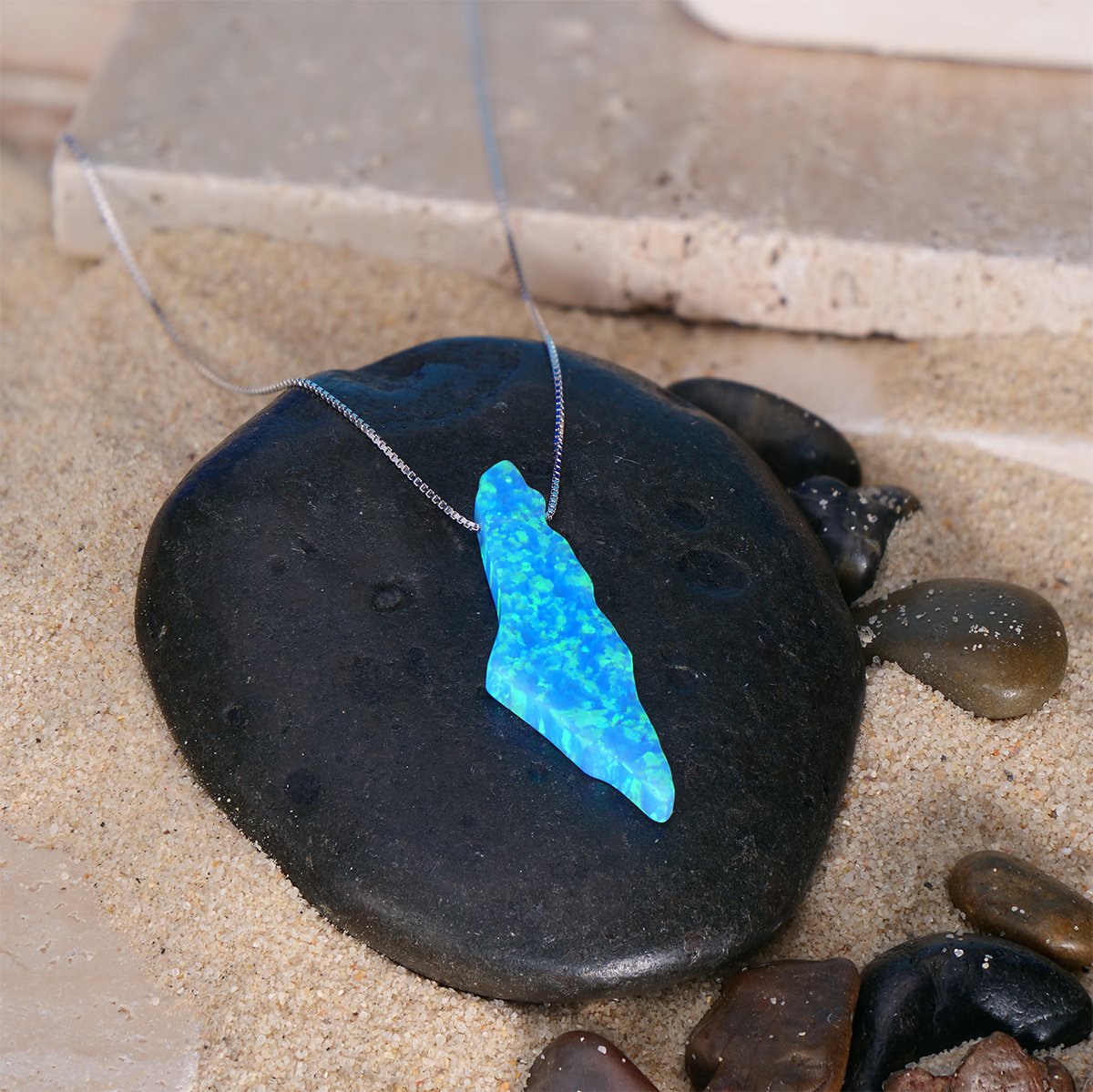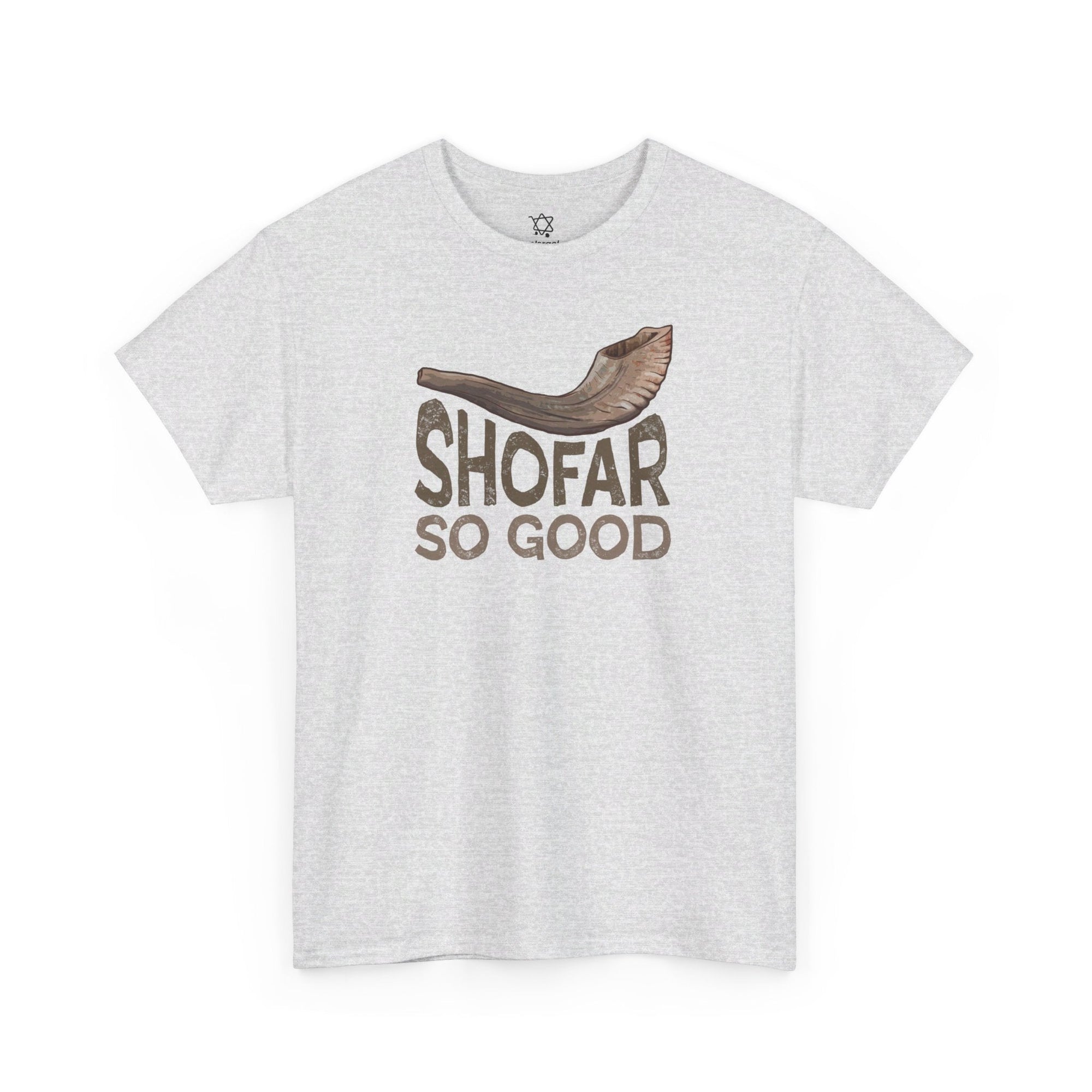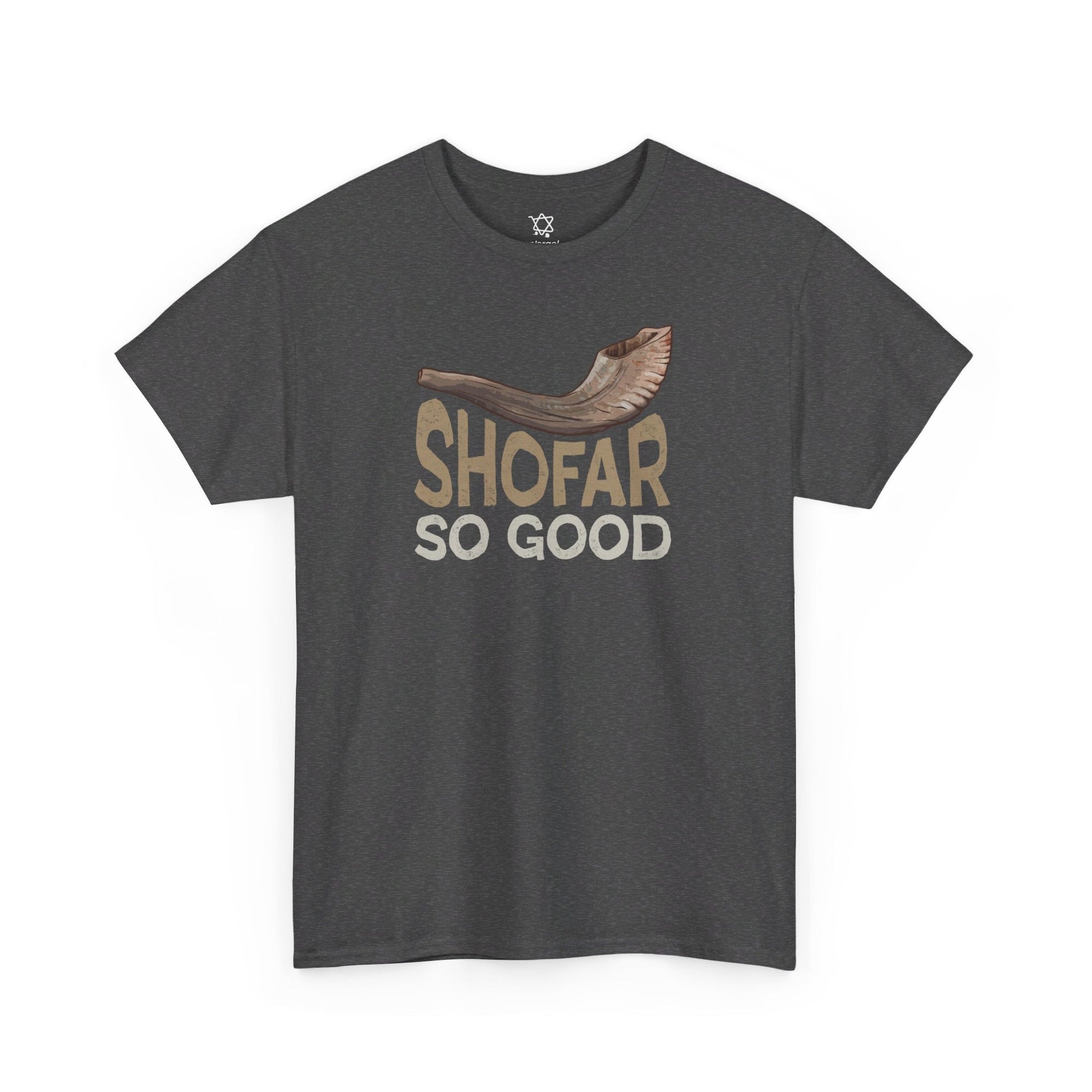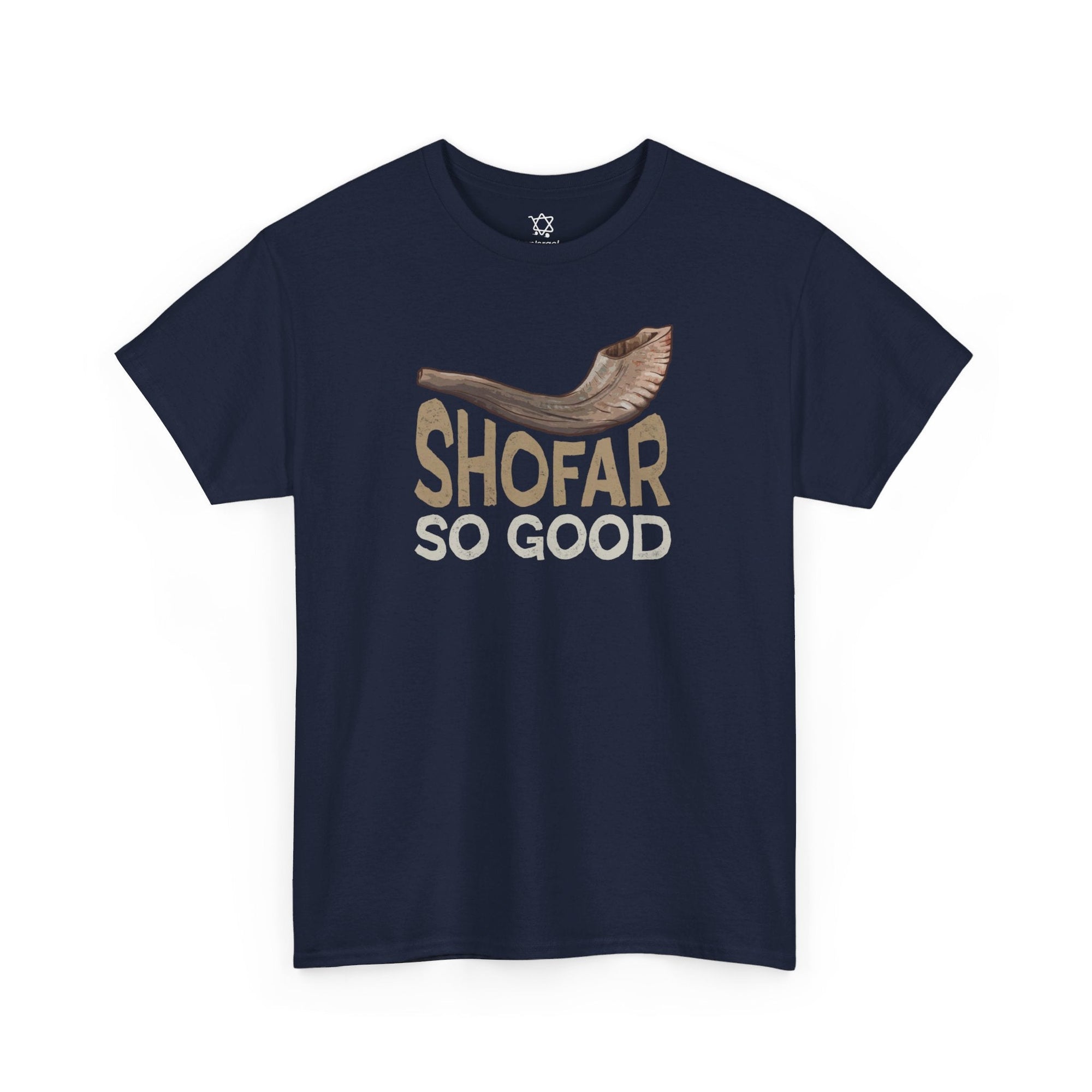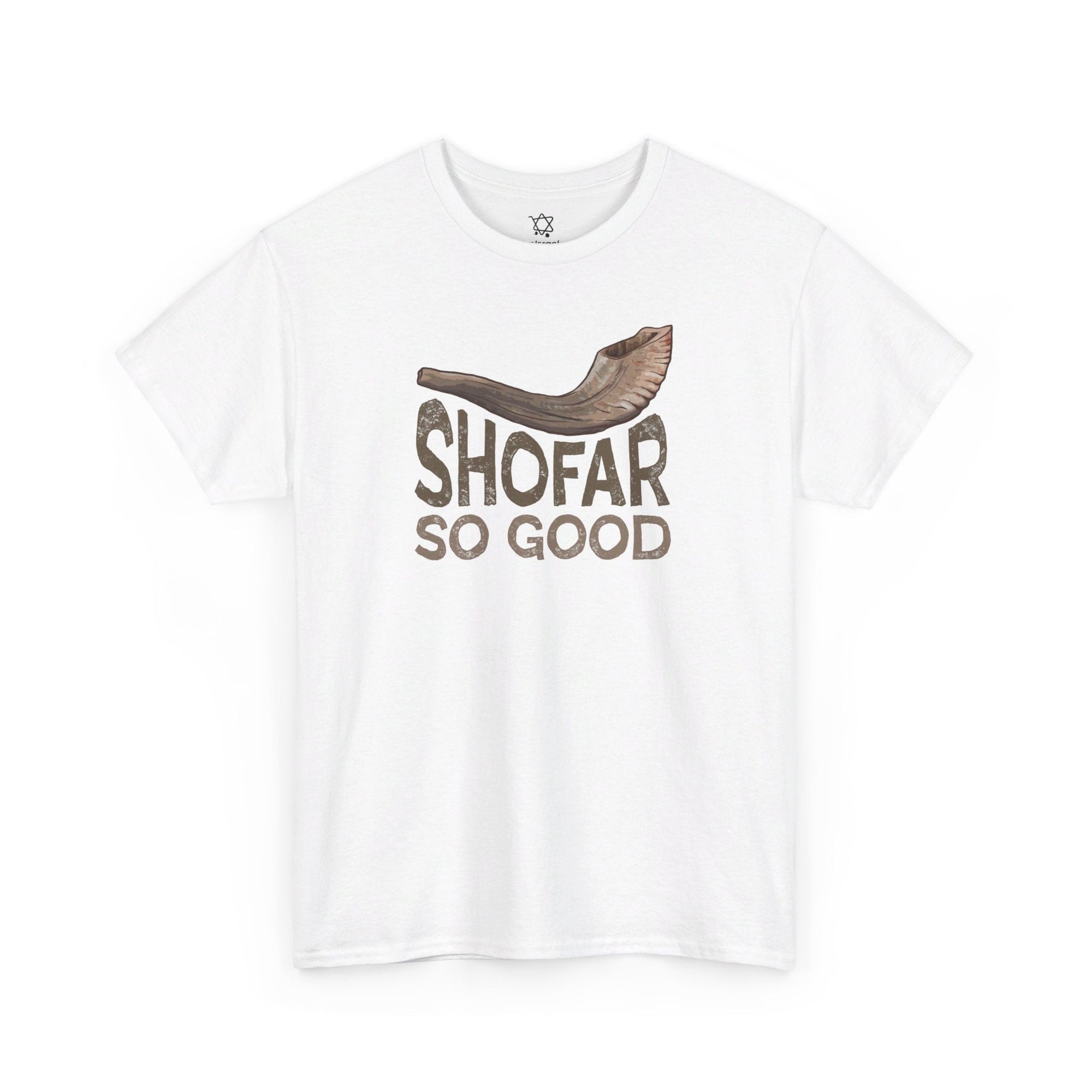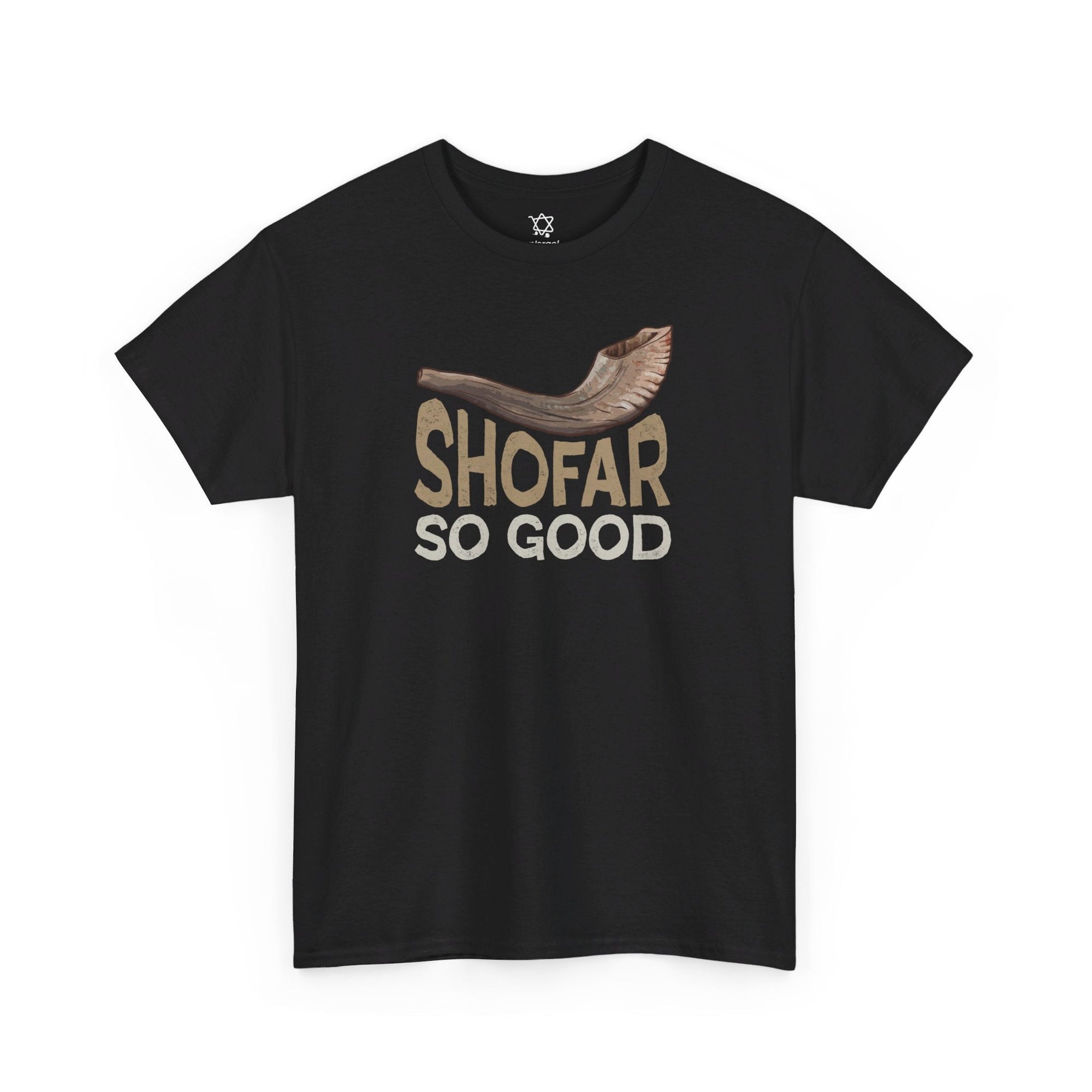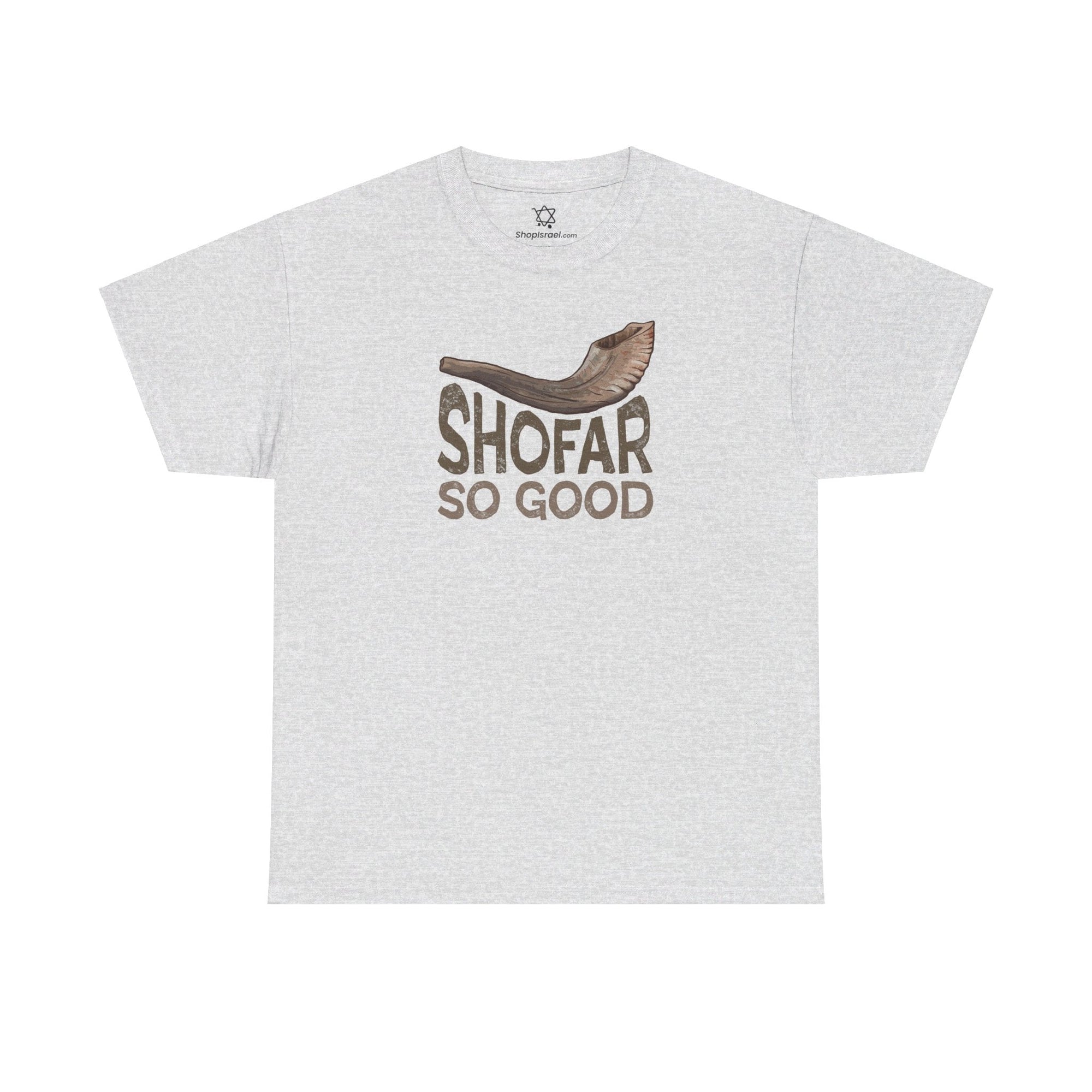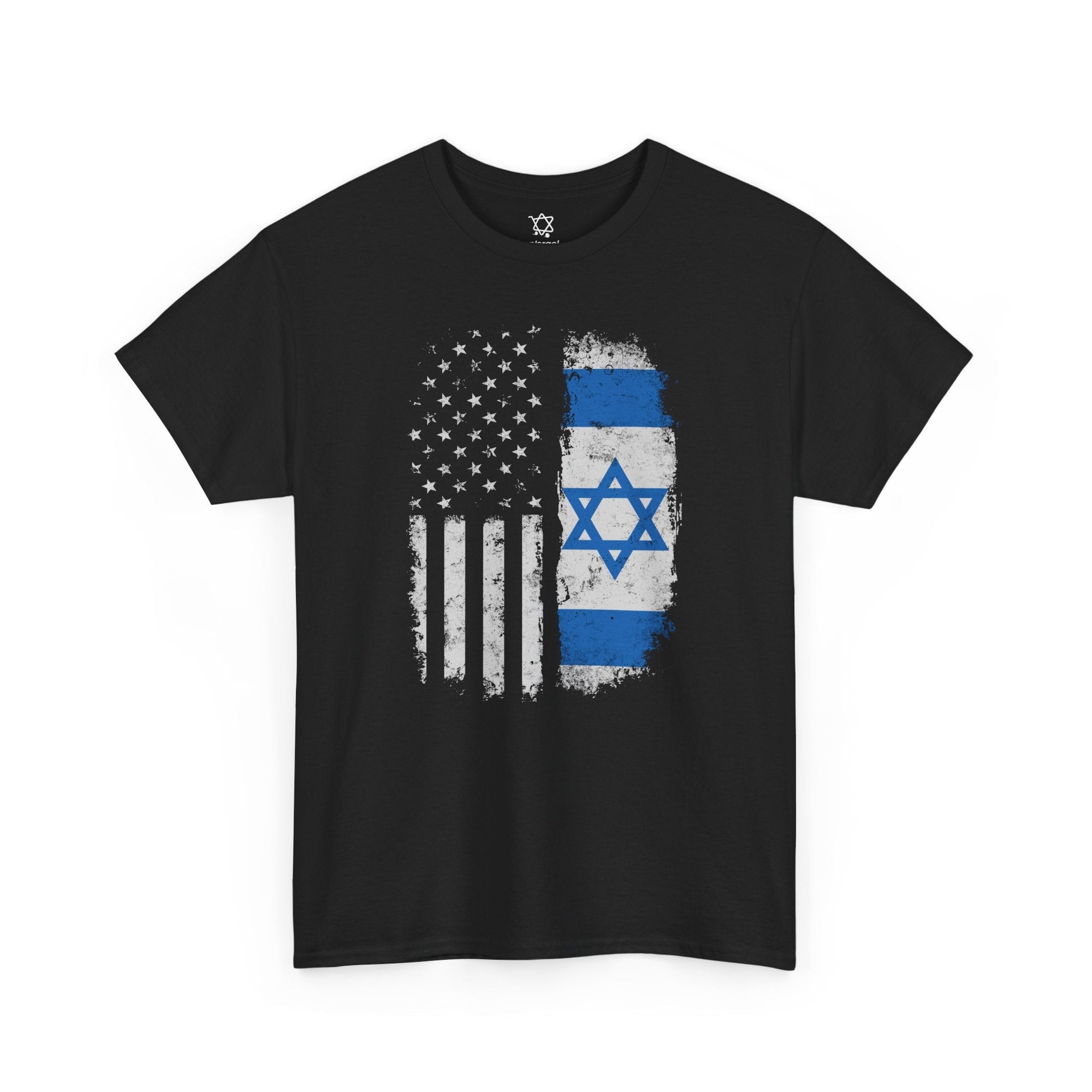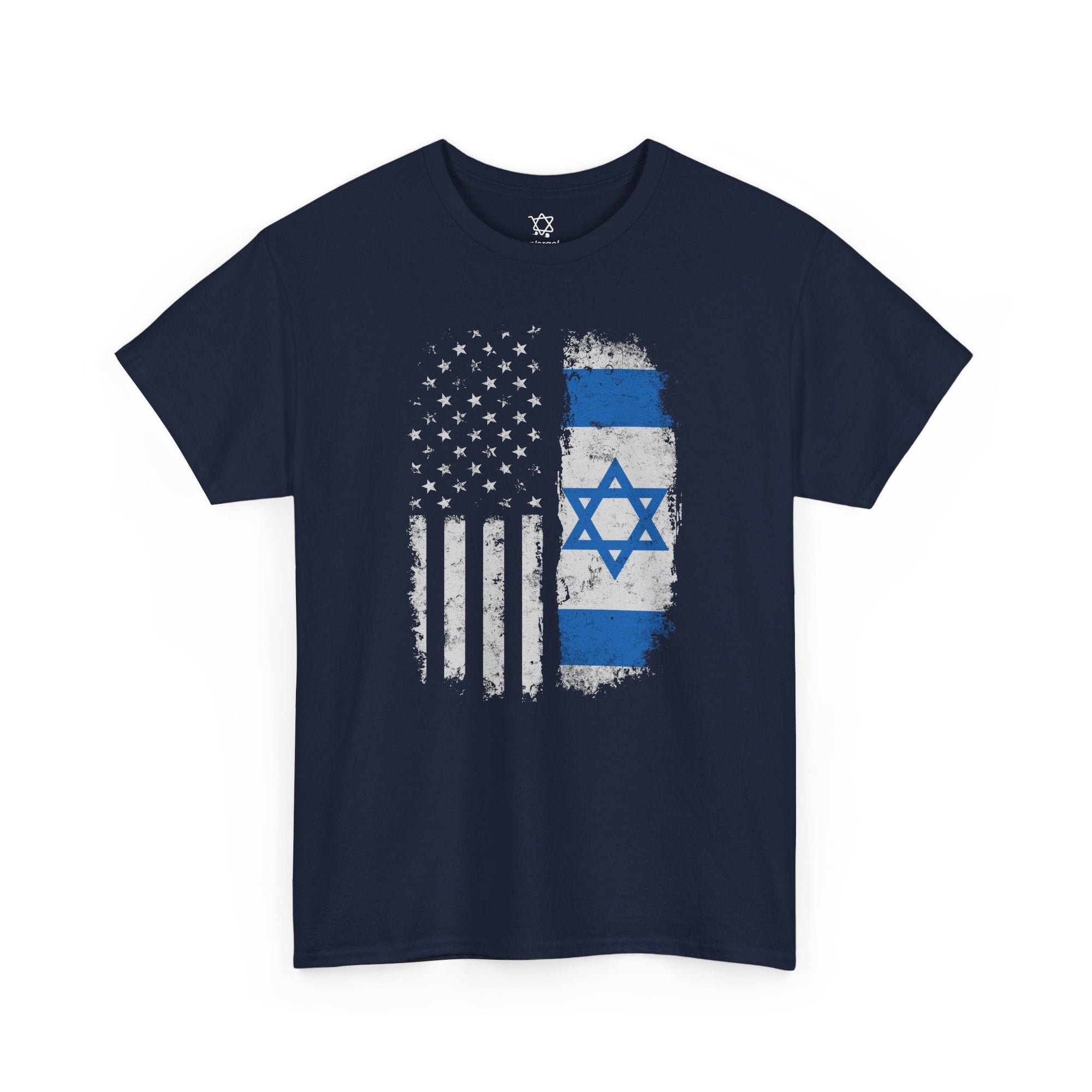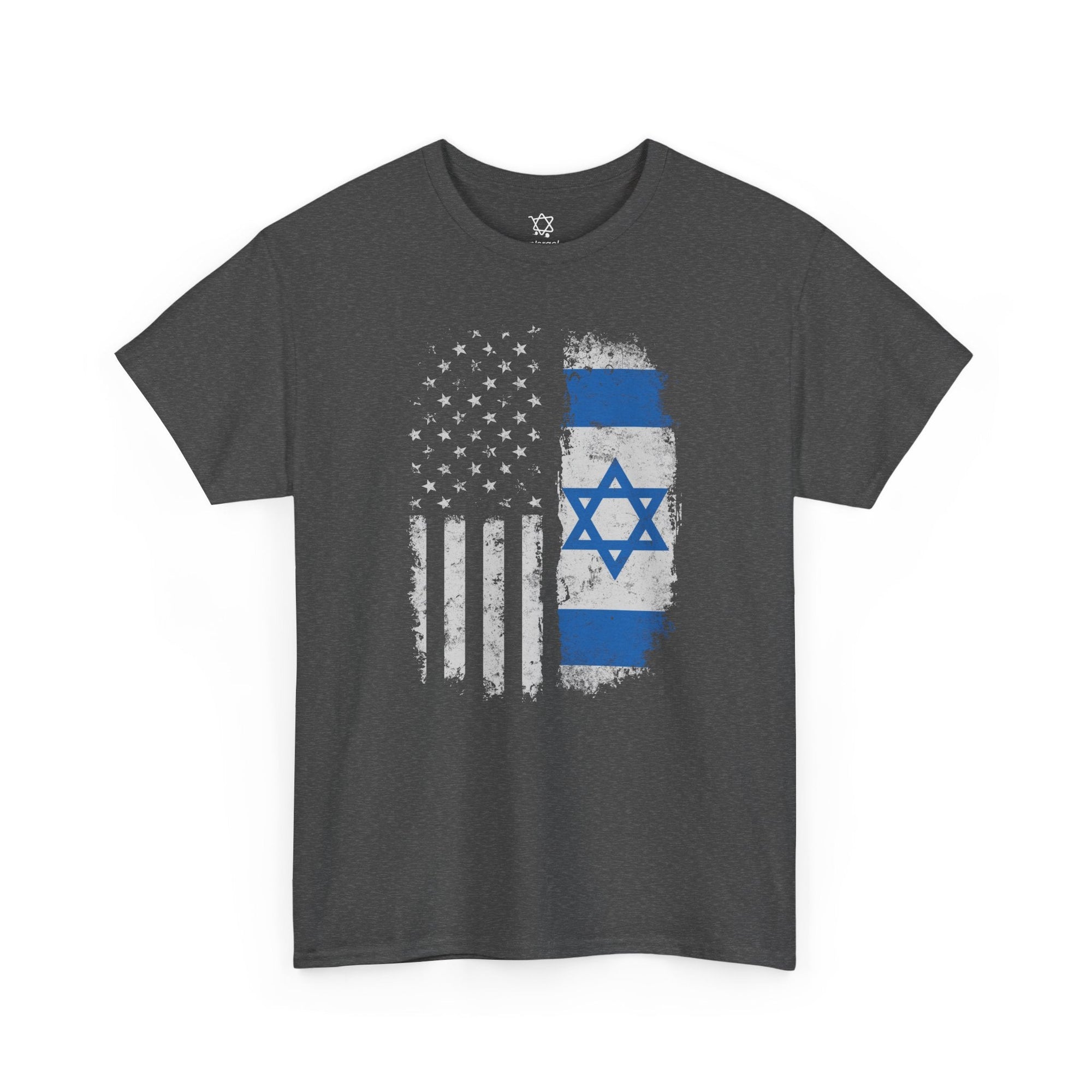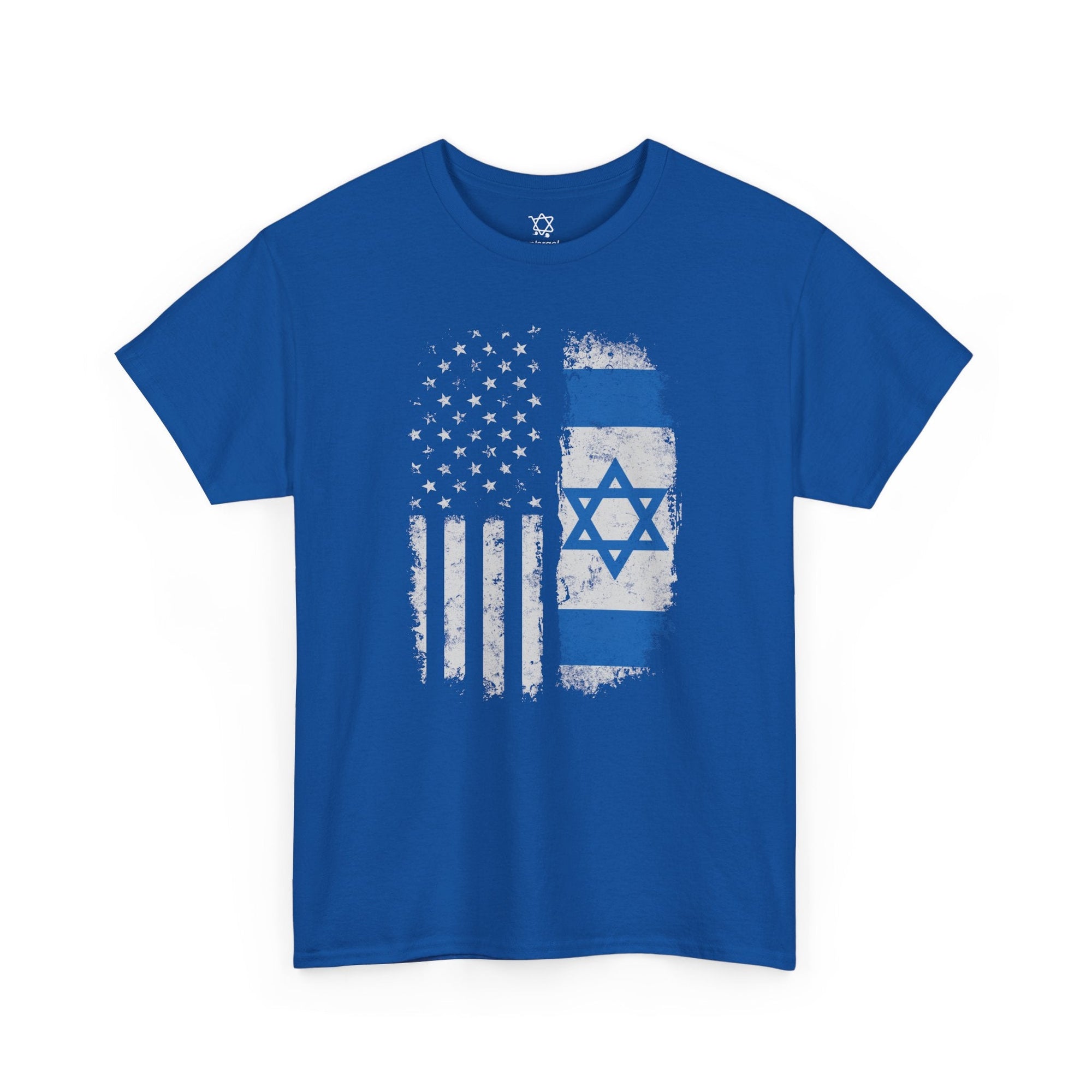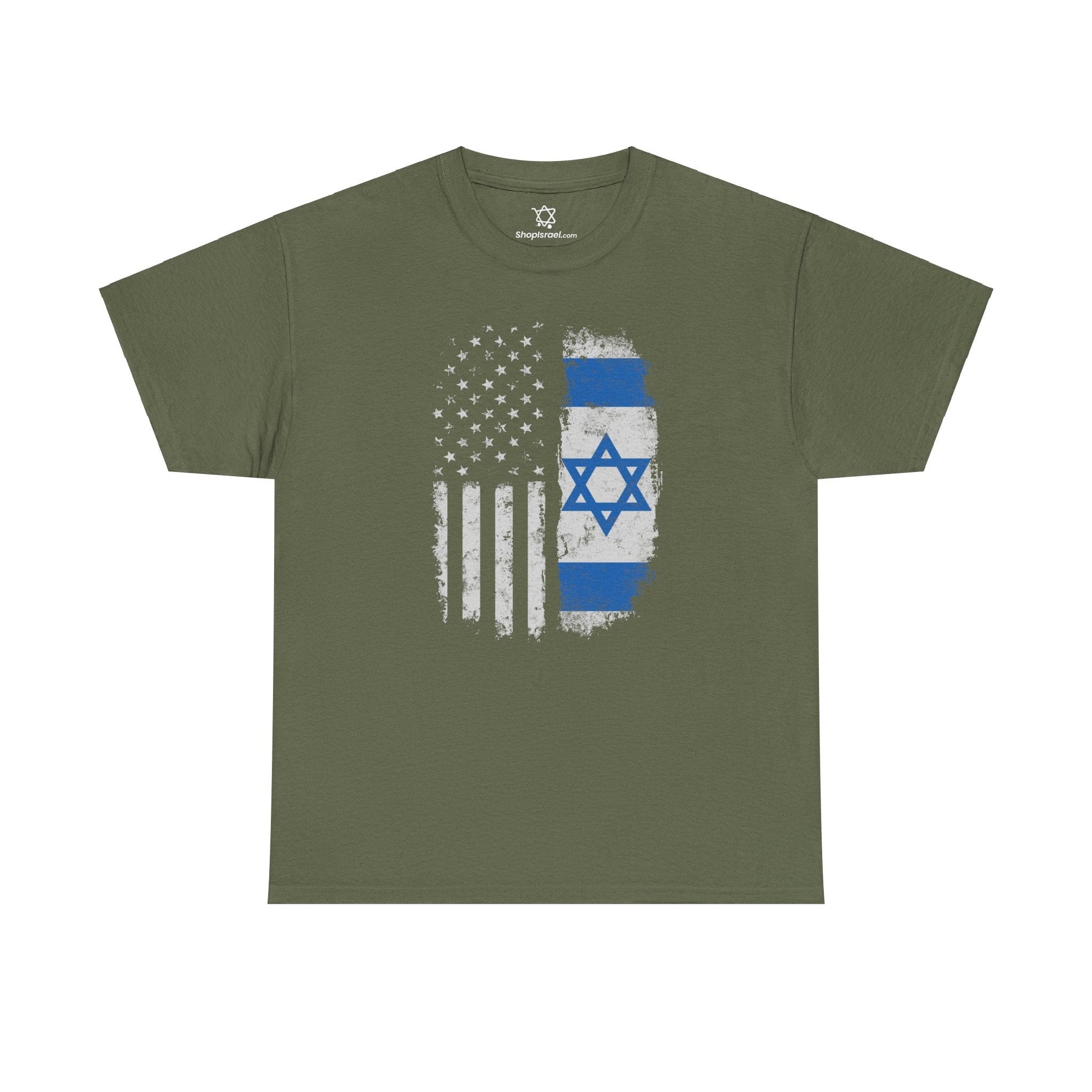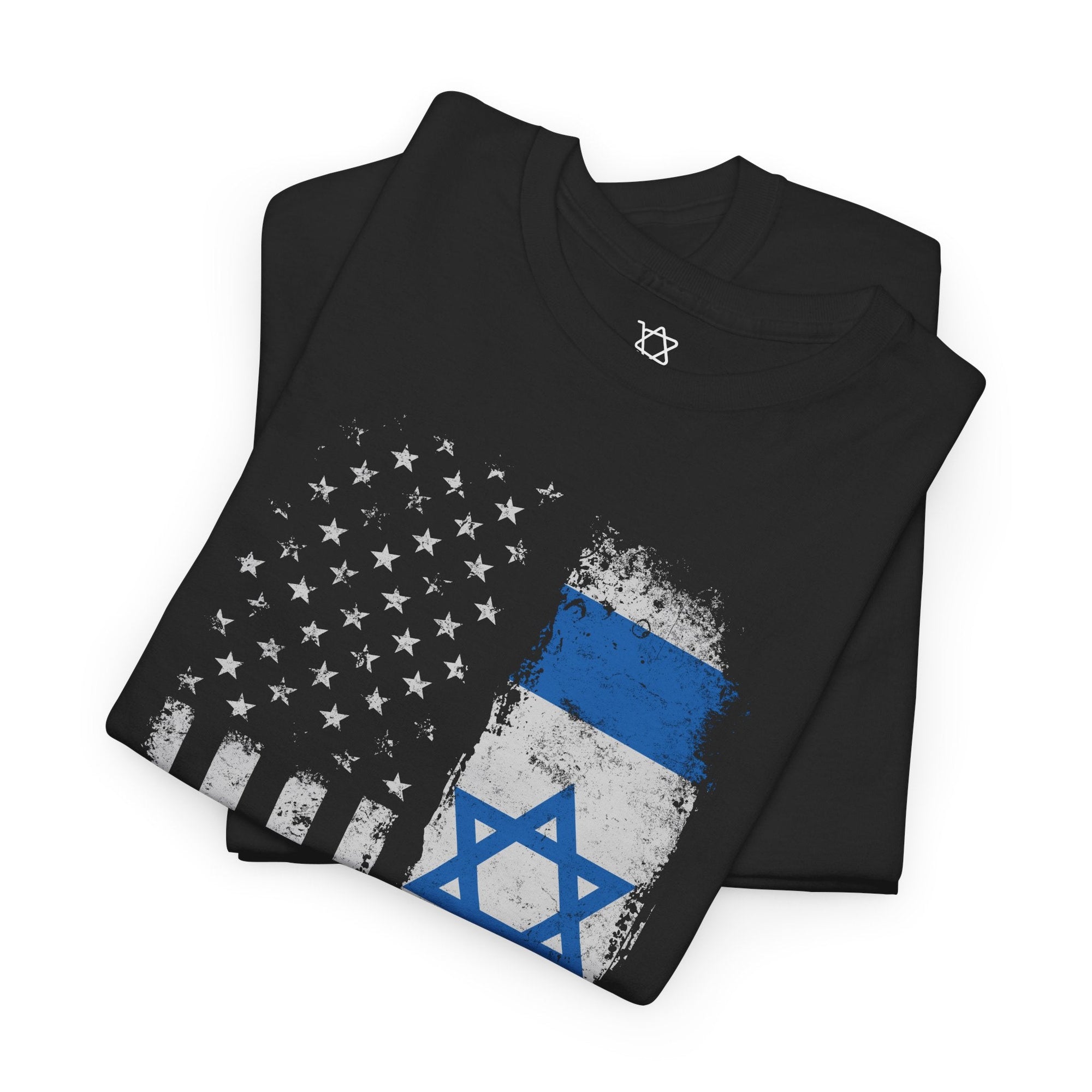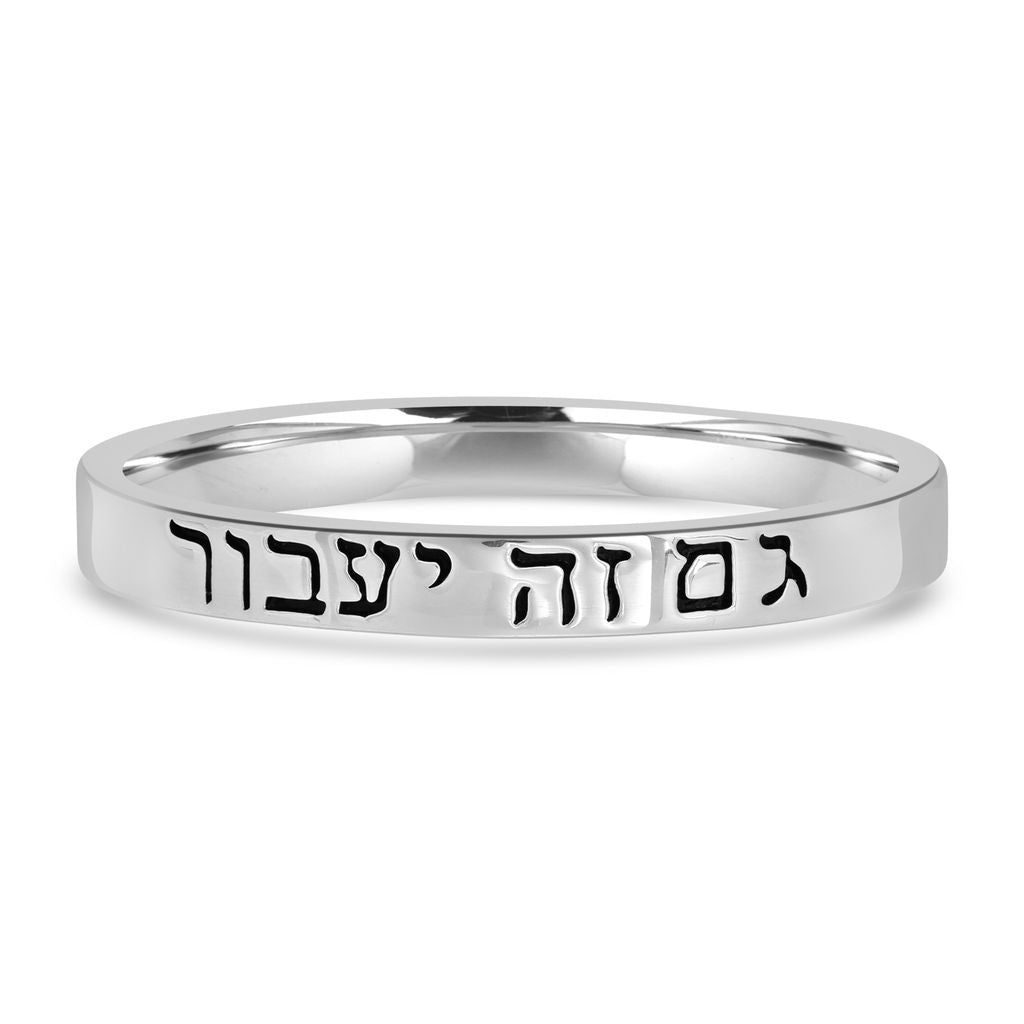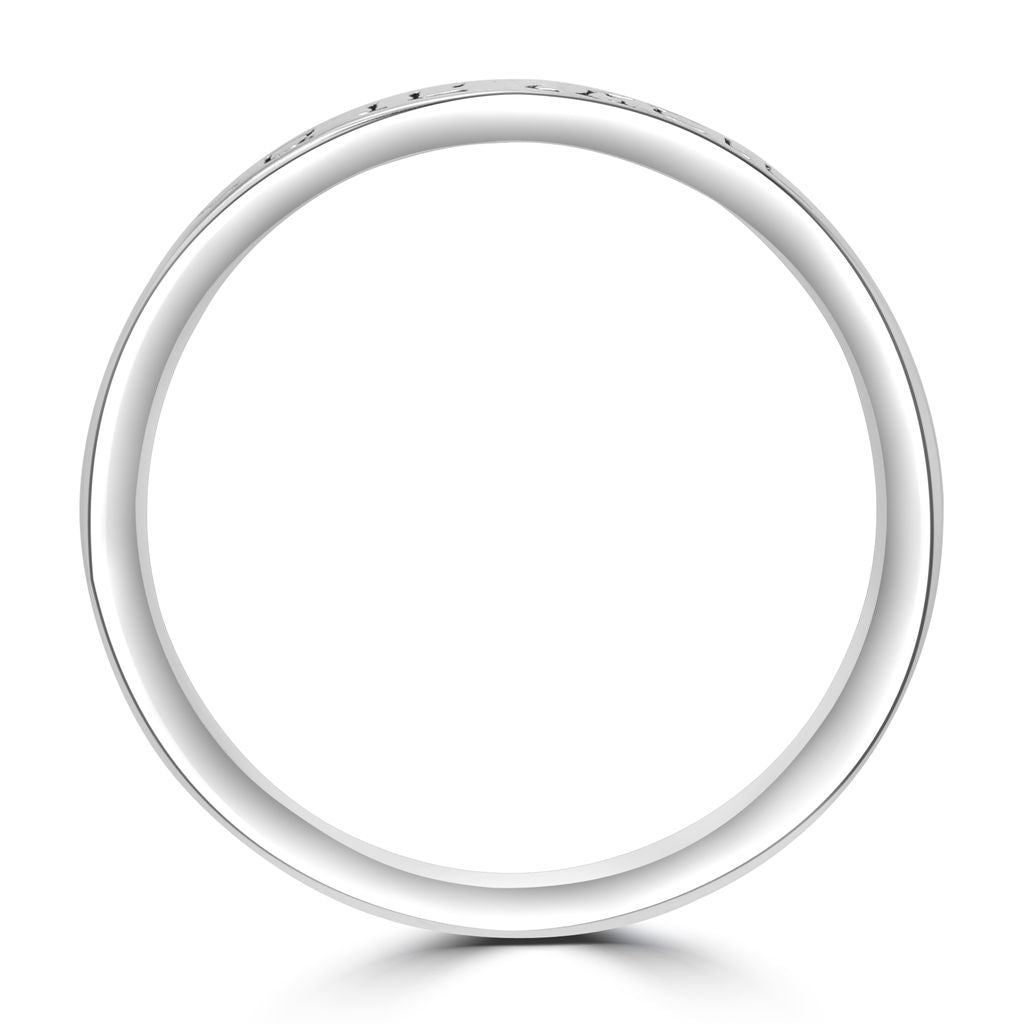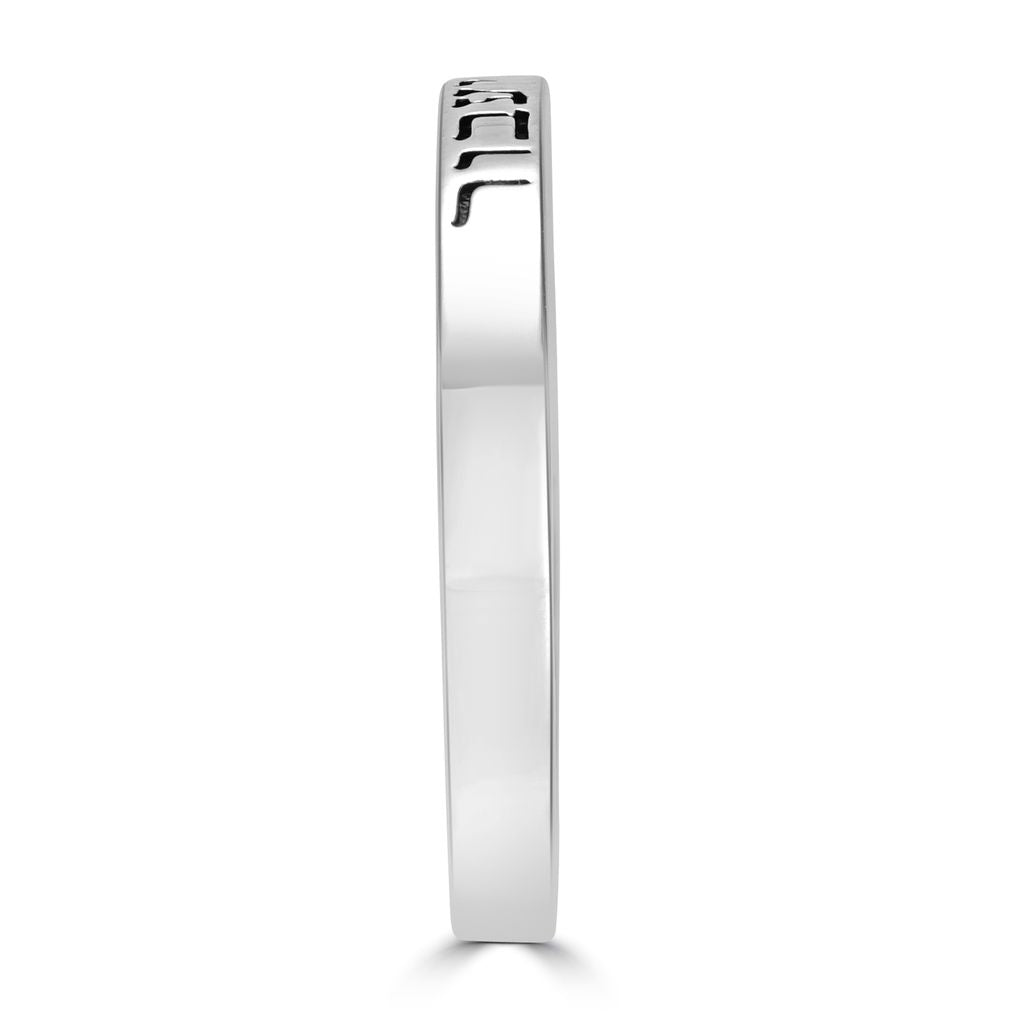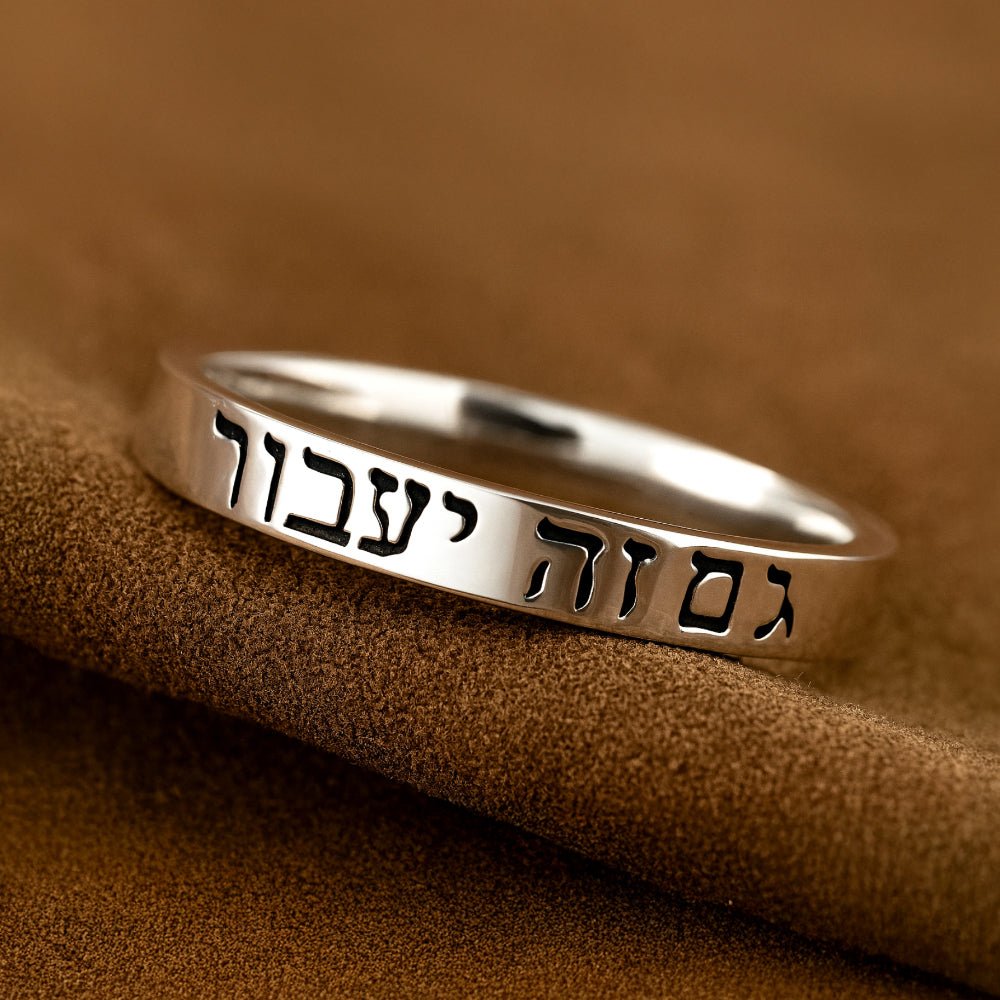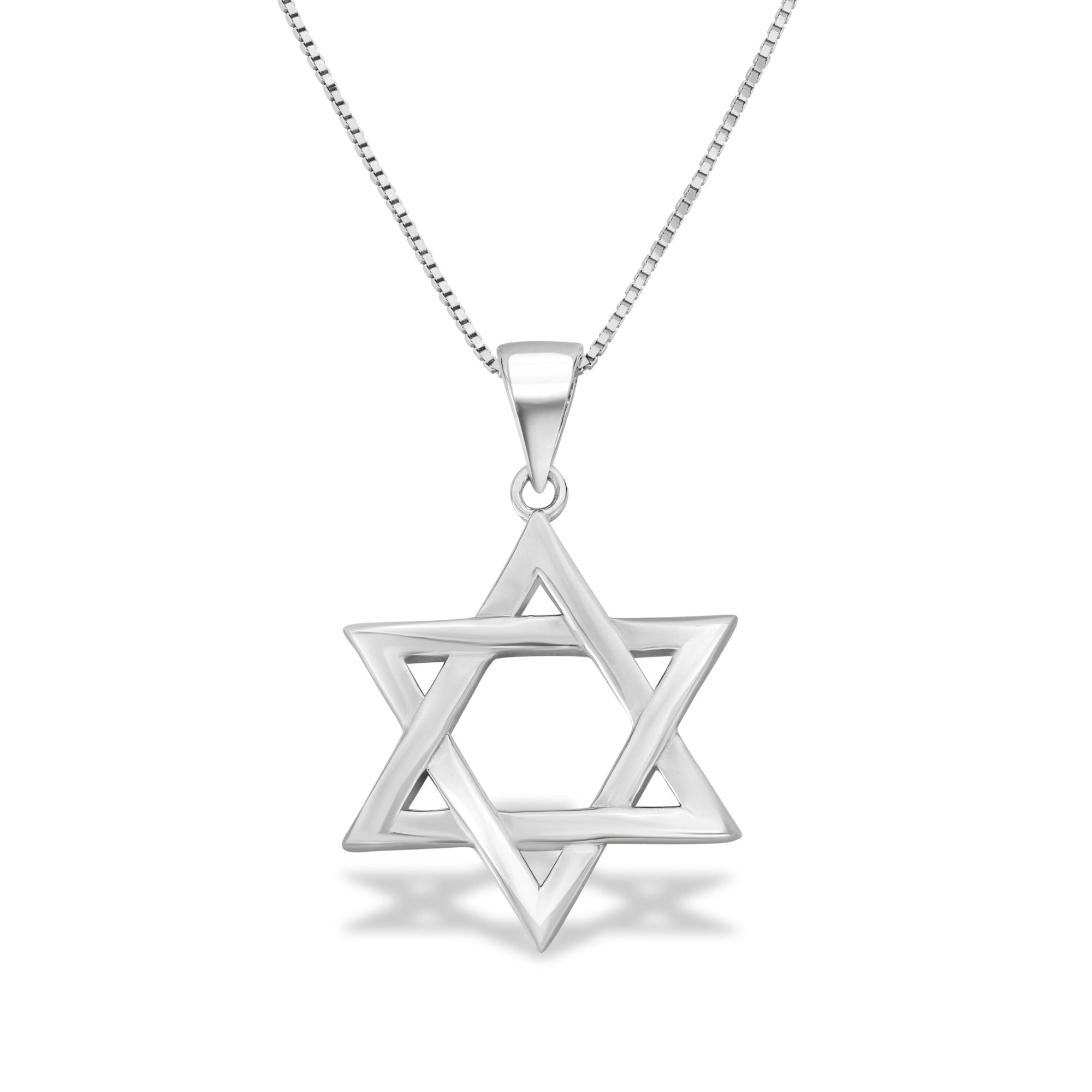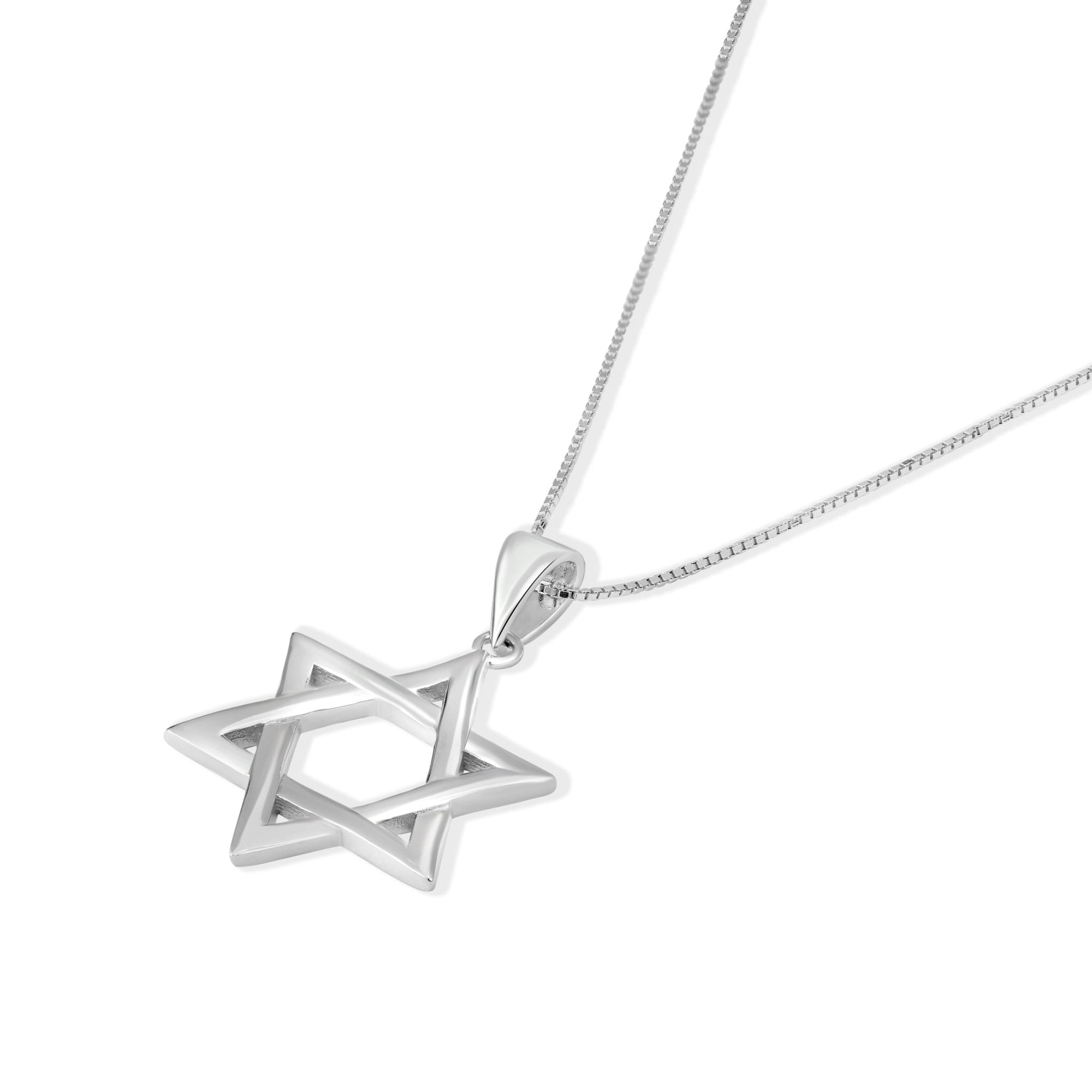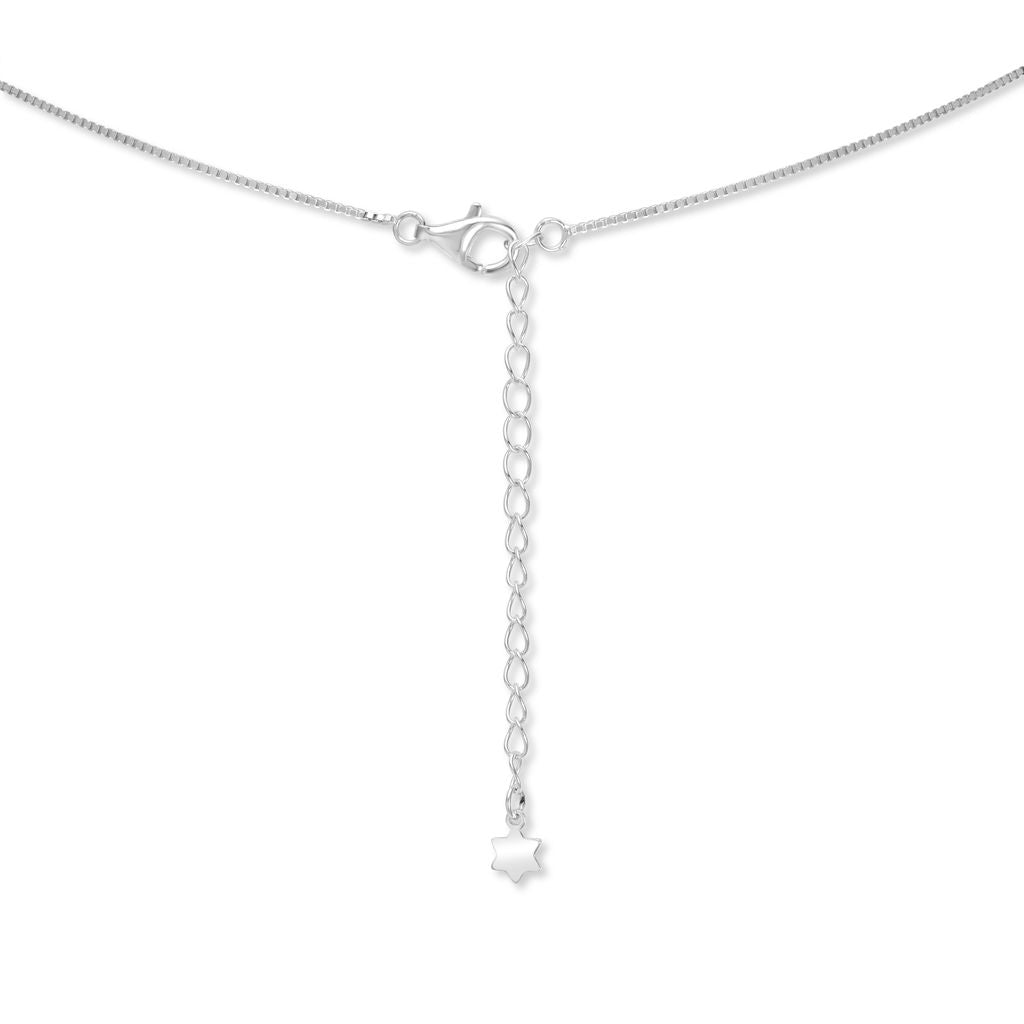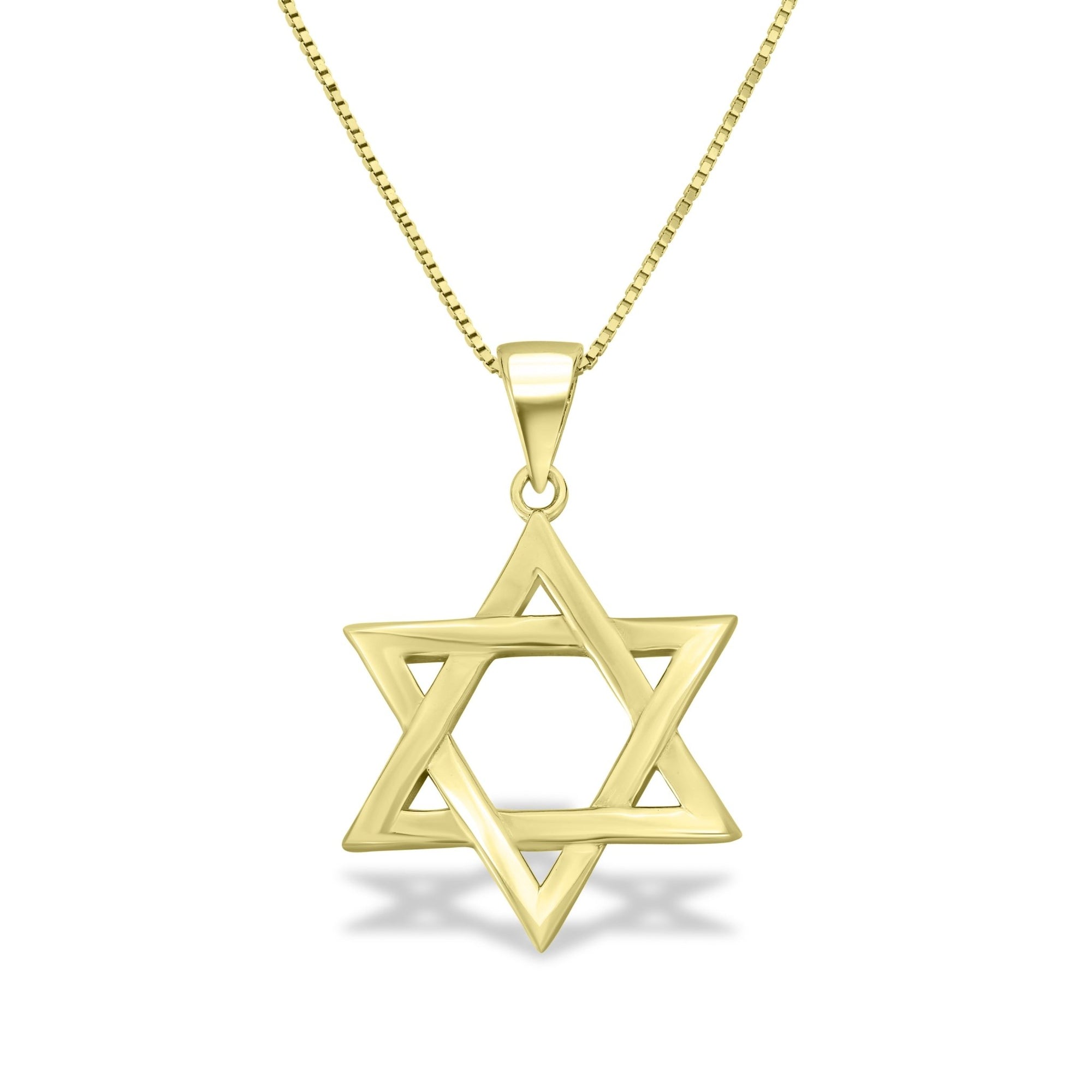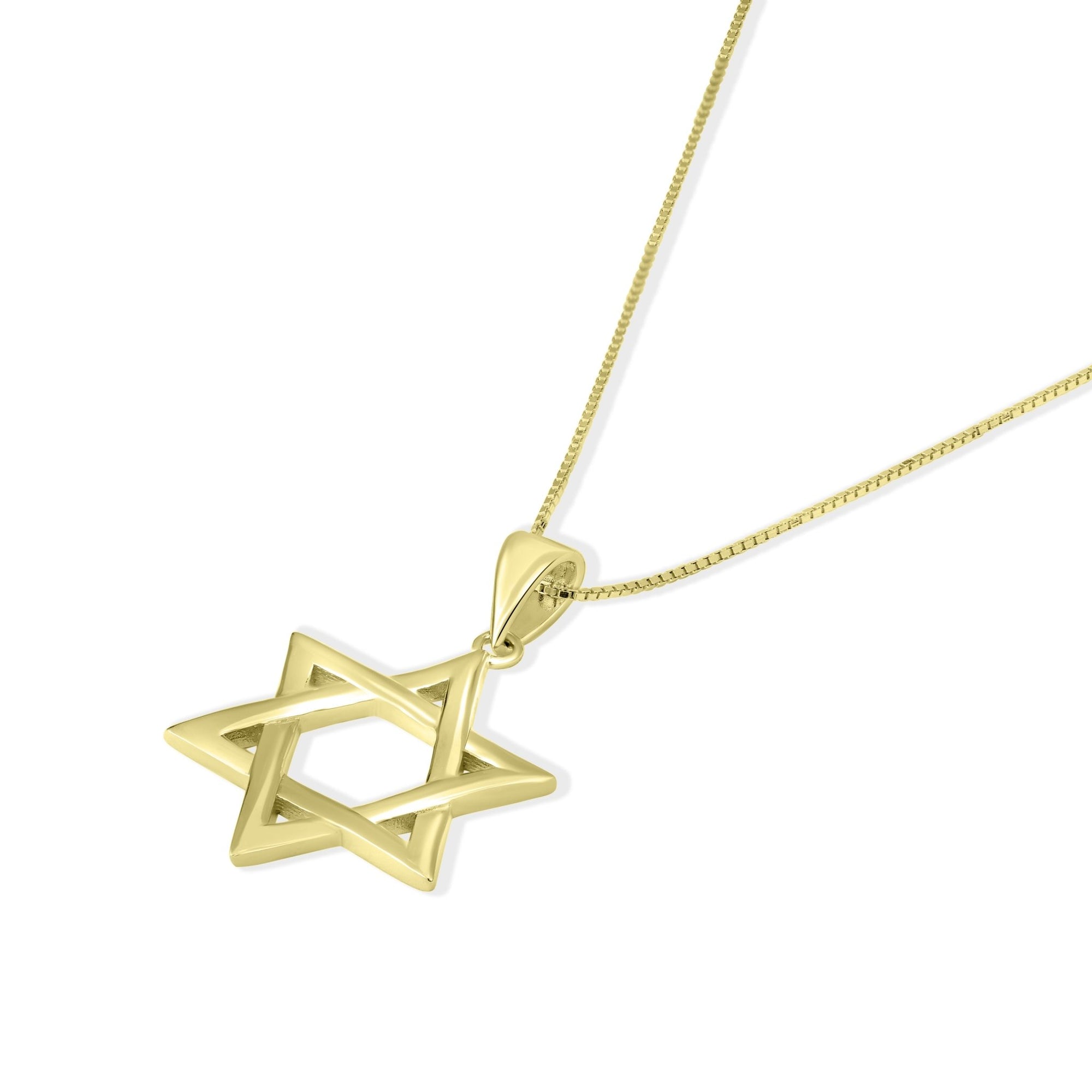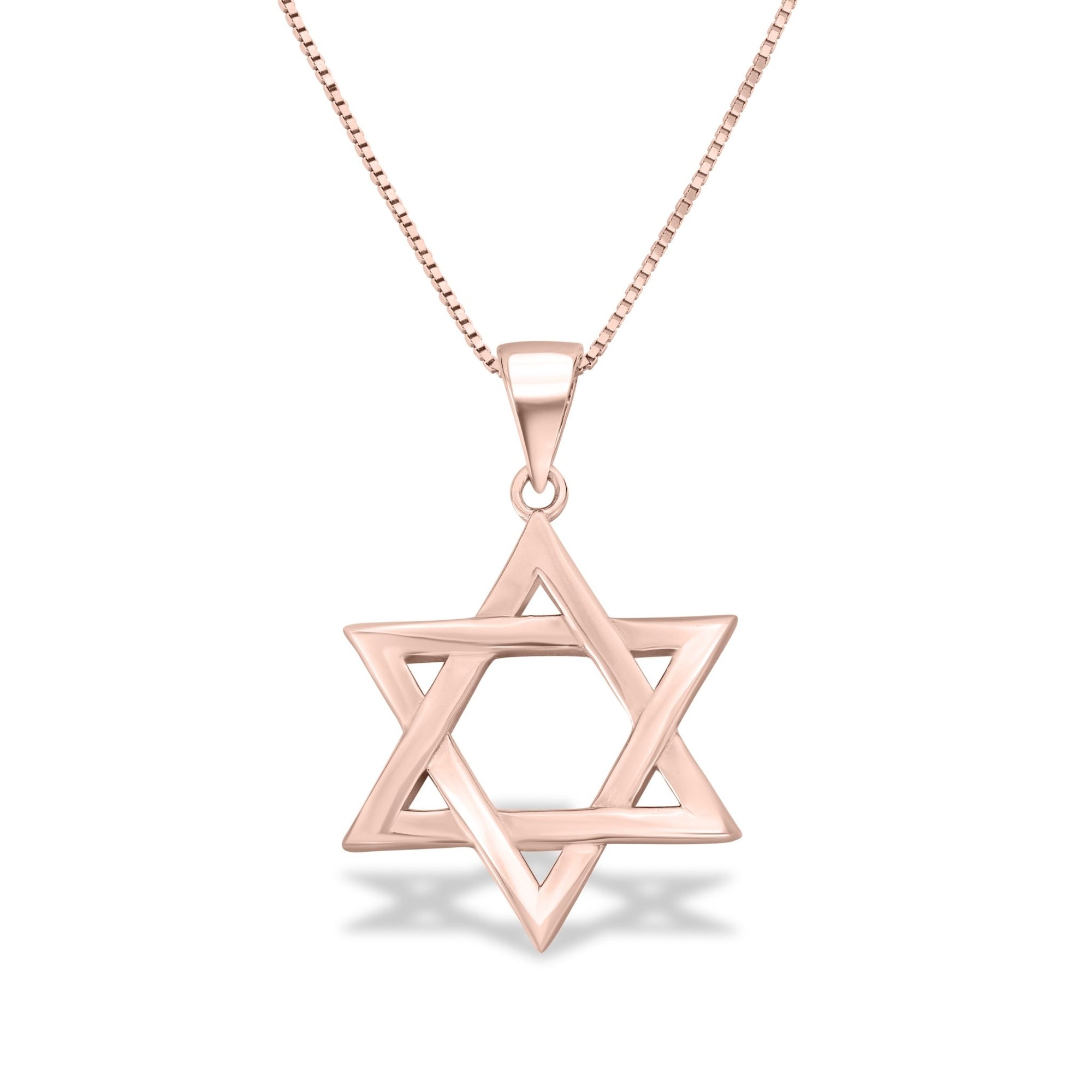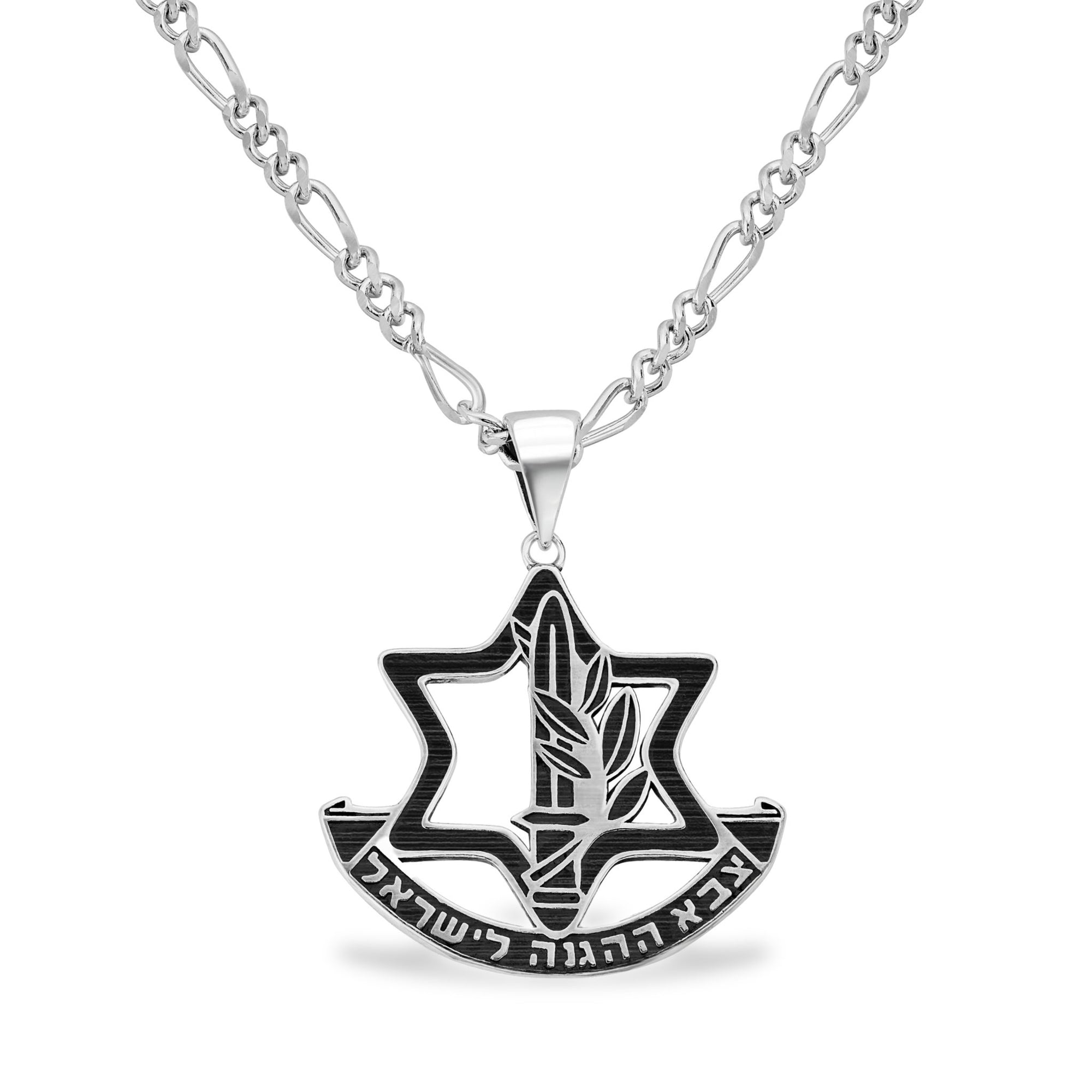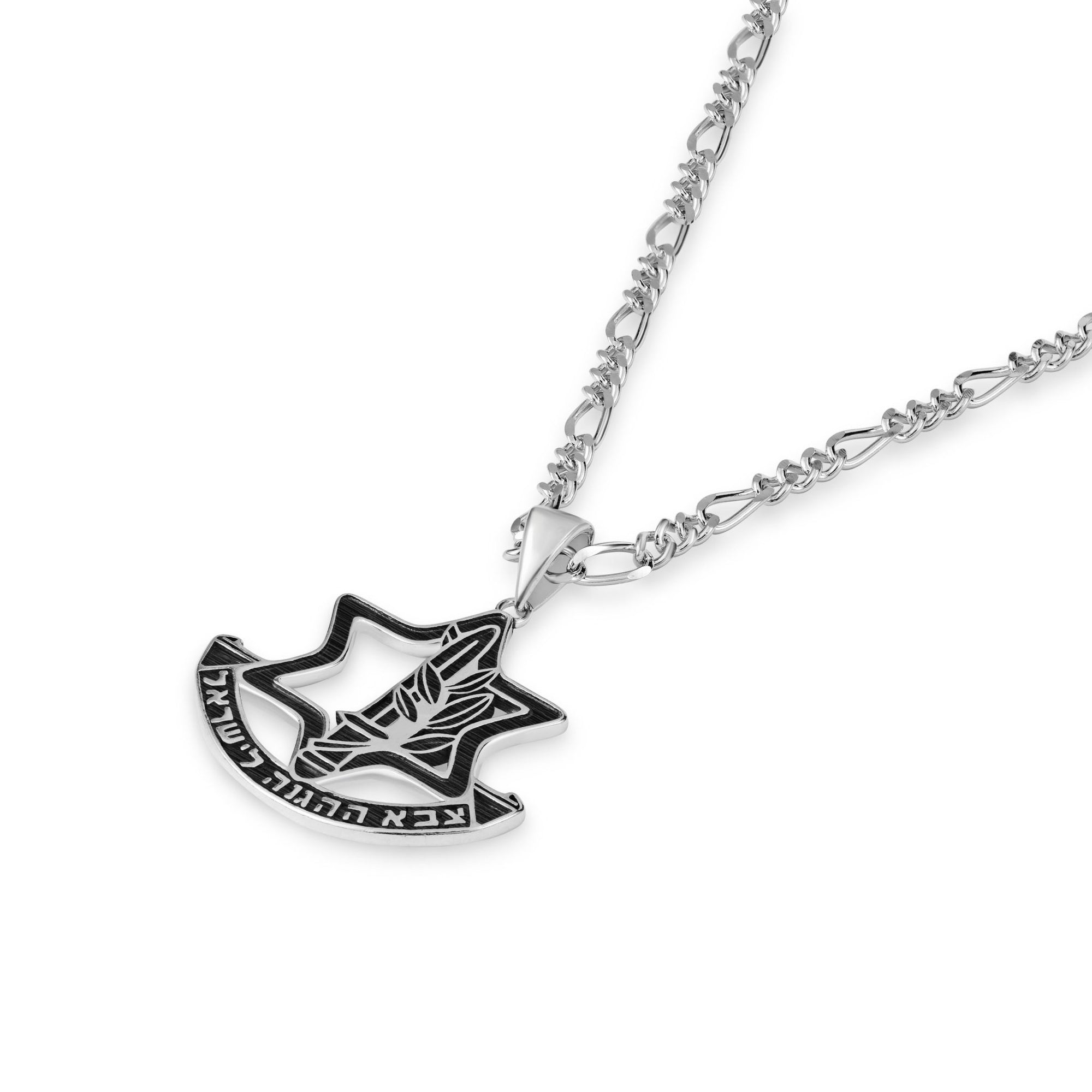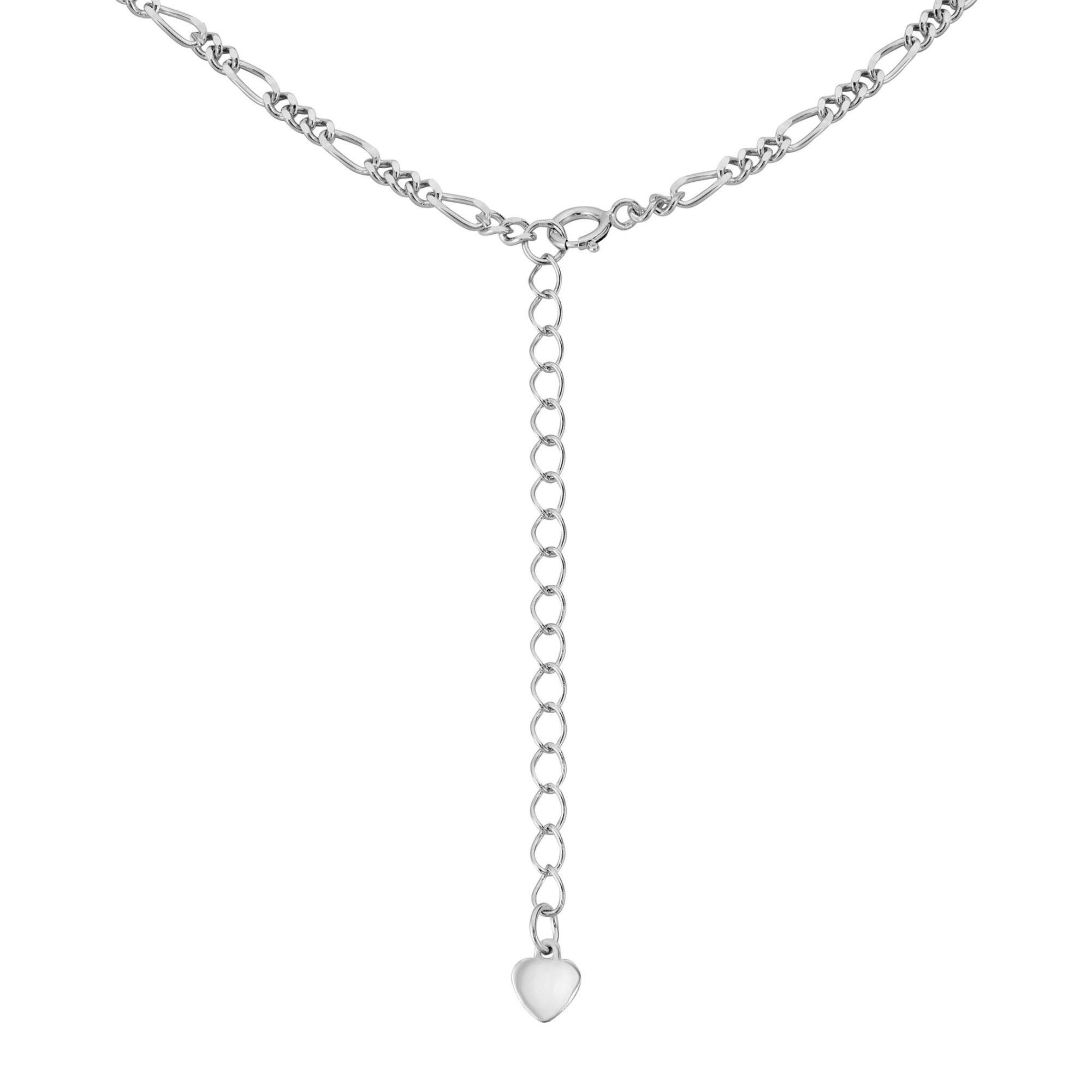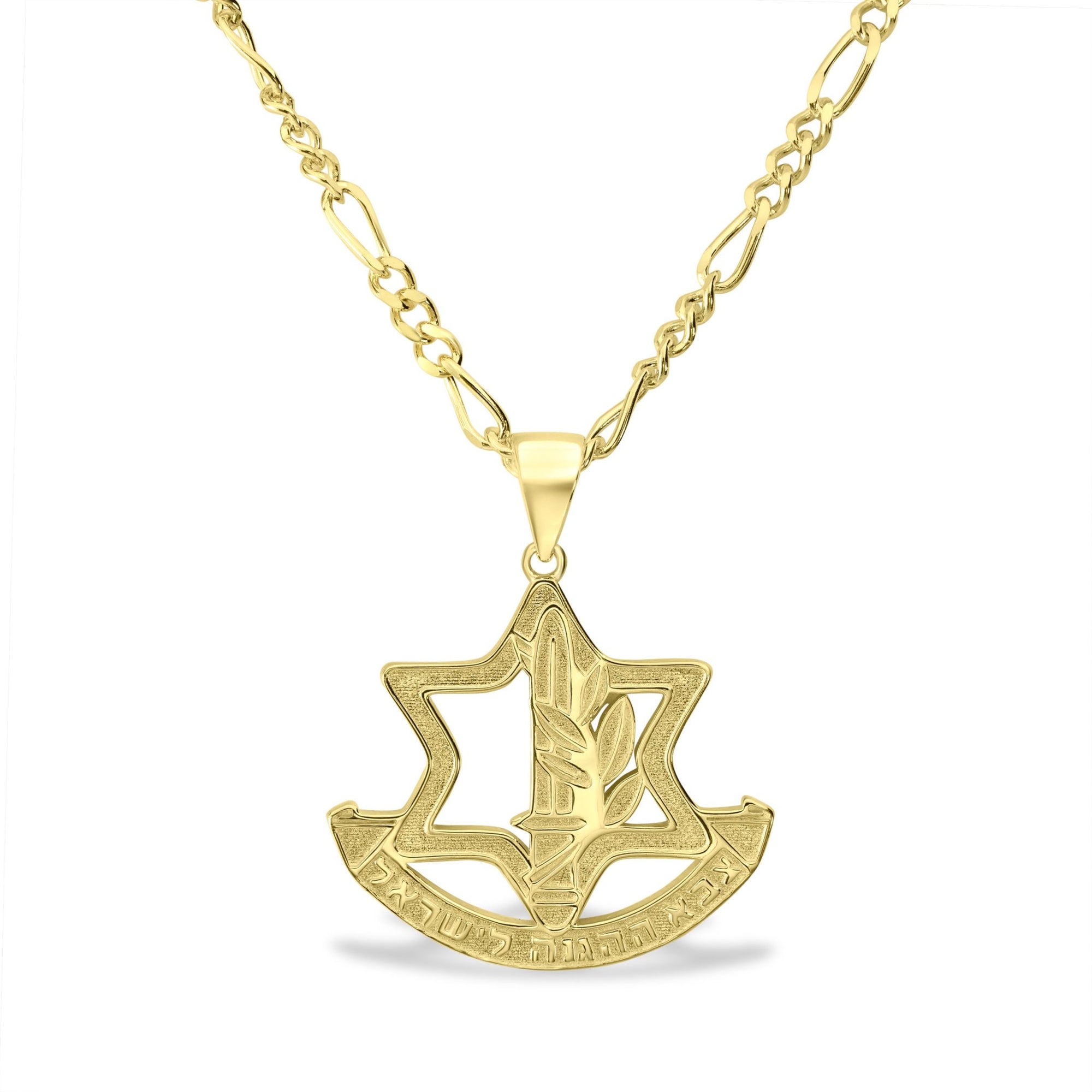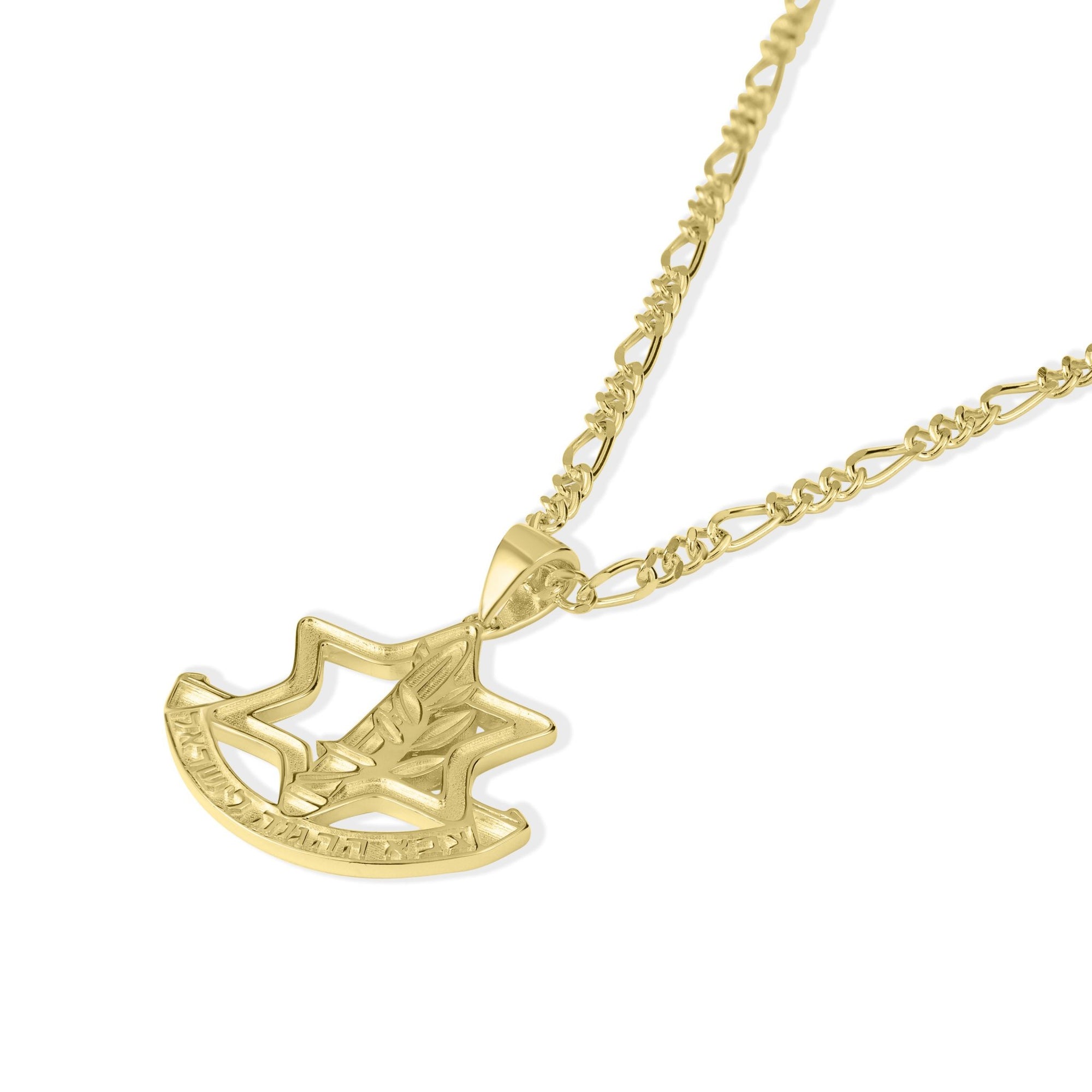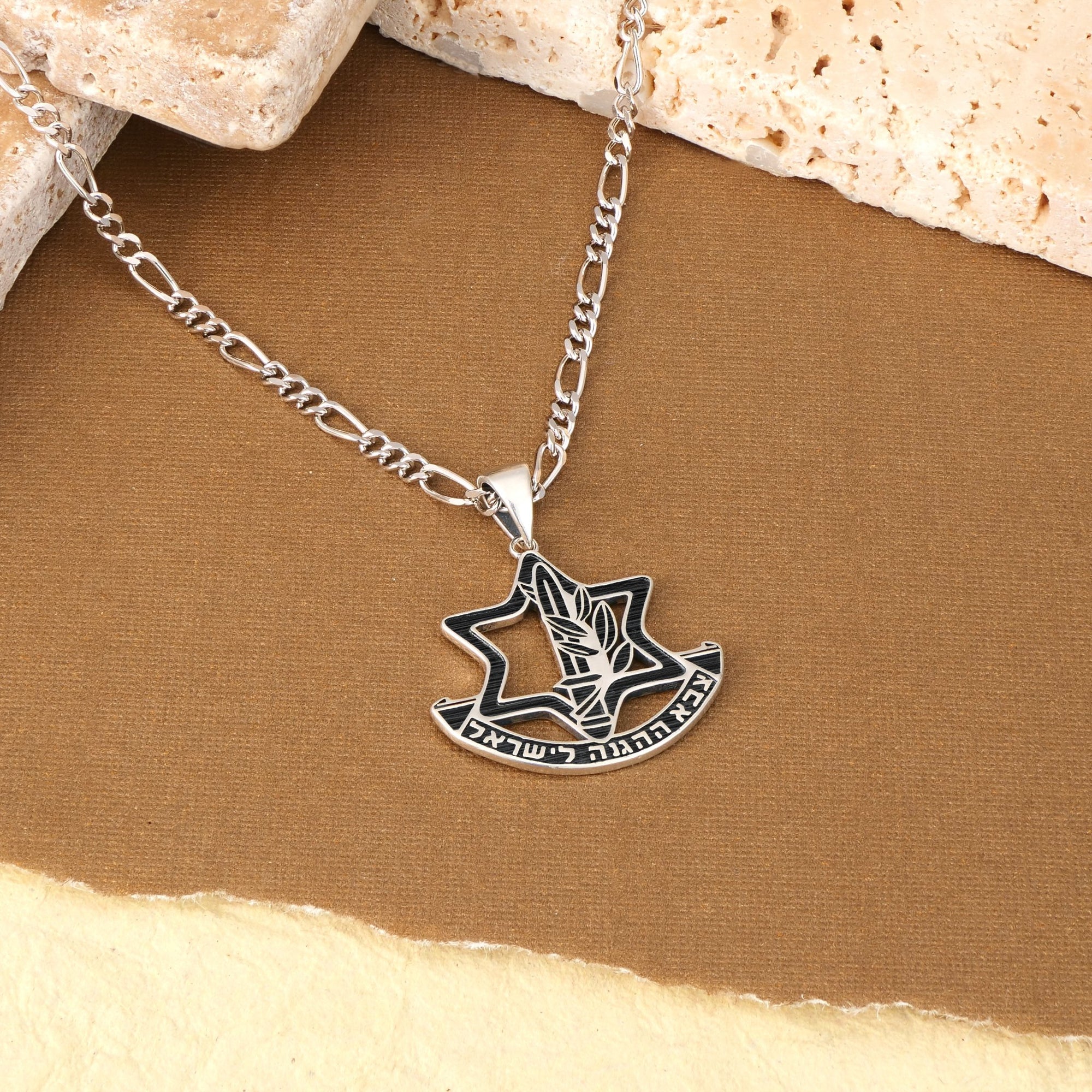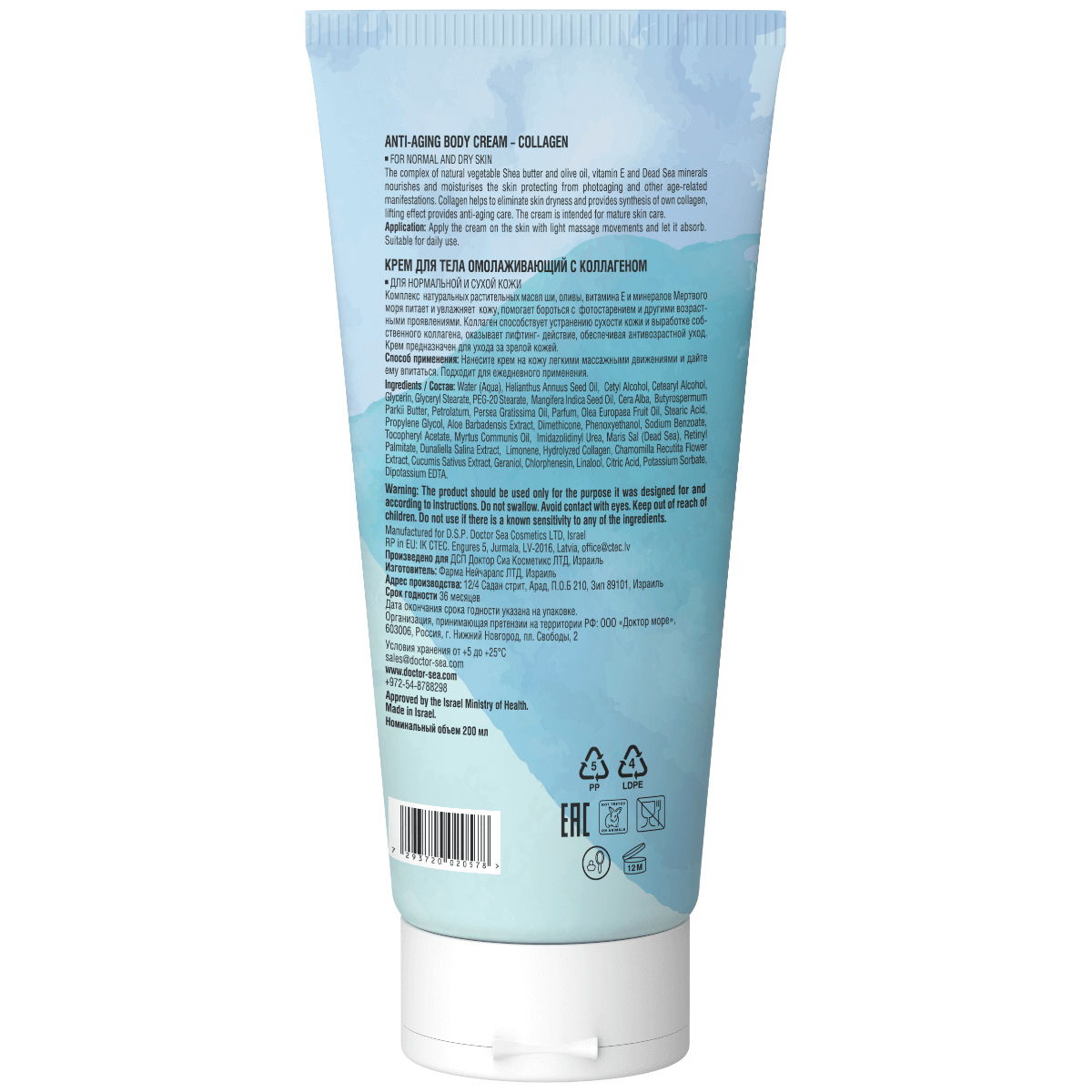Exploring the Voices Woven in Fabric
Fashion transcends aesthetics; it is a vibrant language that communicates identities, beliefs, and aspirations. Zionist fashion, interlacing culture, history, and politics, speaks volumes about resilience, peace, and cultural connection. From ancient biblical garments to modern reinterpretations, this narrative explores how Zionist fashion incorporates peace messages through symbols, styles, and evolving expressions that bridge tradition with contemporary values.
Key Facts on Zionist and Jewish Fashion Symbols and Political Messages
- Jewish and Zionist fashion styles incorporate religious symbols like tallit and kippah, reflecting faith and identity.
- The keffiyeh was initially adopted by Jewish Zionists as a symbol of cultural integration in the early 20th century.
- Over time, the keffiyeh shifted from representing cultural integration to a Palestinian resistance symbol.
- Jewish garments such as tallit and tzitzit serve as visual markers of religious obedience and cultural resilience.
- Modern Jewish fashion often subtly blends traditional motifs like tzitzit with contemporary styles to promote peace and identity.
- Icons like the Star of David and Menorah are used in clothing to symbolize Jewish pride, heritage, and resilience.
- Fashion is used as a political tool, with symbols like the keffiyeh and Star of David conveying resistance, pride, and peace.
- Peace messages are incorporated into fashion via symbols such as doves, olive branches, and peace signs, often in embroidery and prints.
- Brands involved in Zionist or Israeli interests face ethical debates over supporting settlements and human rights issues.
- Fashion’s political symbolism can influence public opinion, activism, and industry practices, acting as a body-worn manifesto for social justice.
1. The Keffiyeh’s Shifting Symbolism: From Integration to Identity
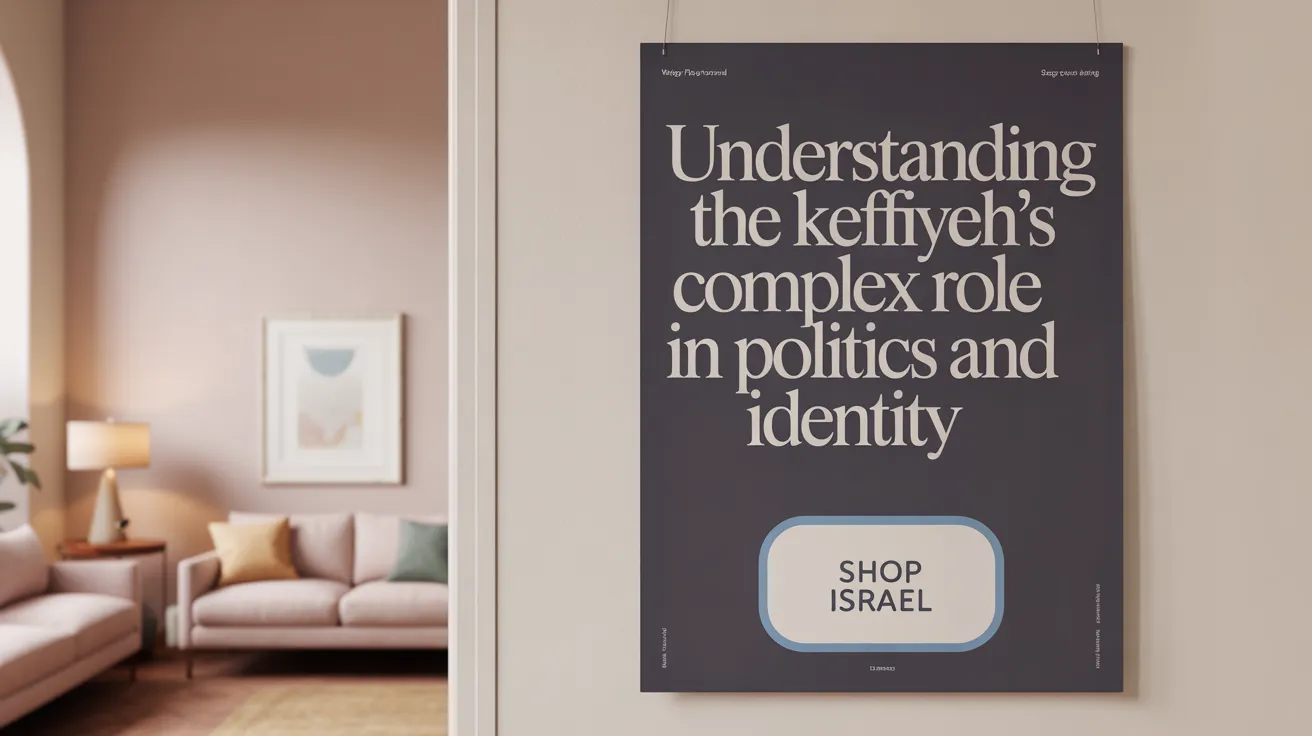
What is the cultural and historical significance of Zionist and Jewish fashion styles and symbols?
Jewish and Zionist fashion styles and symbols carry deep cultural and historical meanings, serving as visual expressions of identity, faith, and political aspirations. Traditional garments such as the tallit (prayer shawl), kippah (skullcap), and modest clothing reflect religious commandments rooted in biblical teachings, emphasizing humility, sanctity, and community belonging (Jewish religious clothing, Jewish clothing in the Middle Ages, Jewish contribution to fashion).
Historically, the style and adornment of Jewish attire varied according to regional customs, social status, and historical circumstances. For example, in medieval Muslim Spain, Jewish individuals donned fine textiles and distinct clothing like robes and turbans, often using luxurious fabrics and specific colors to showcase social status while adhering to modesty laws (Jewish clothing in the Middle Ages).
The keffiyeh, a square-shaped cotton headdress with chequered patterns, is historically linked to Arab and regional cultures but also played a role in Zionist fashion movements during the early 20th century. Initially, many Jewish Zionist leaders and members of military organizations adopted the keffiyeh as a symbol of integration and cultural connection with the indigenous local populations. This adoption was partly driven by a desire to emulate local peasant and military dress, forming a ‘New Jew’ identity rooted in indigenous, ancient heritage (Jewish Zionist leaders wearing keffiyeh, The Enduring Trajectory of Jewish Fashion).
Over time, the keffiyeh gained political connotations, shifting from a symbol of cultural integration to an emblem of Palestinian resistance, resilience, and national identity. During the 1930s and subsequent decades, especially after events like the 1929 riots and the Palestinian Nakba, the keffiyeh became associated with Palestinian nationalist movements, notably popularized by figures like Yasser Arafat. It became a widely recognized symbol of solidarity and resistance against oppression (Palestine symbols: keffiyeh, olive branch, watermelon, Fashion as political expression).
In recent years, the use and perception of the keffiyeh have evolved again. Some Jewish Israelis and tourists have started wearing the keffiyeh in non-political contexts, embracing it as a cultural or fashion statement rather than solely a symbol of conflict. This contemporary reinterpretation reflects a complex layering of identity—both acknowledging historical roots and navigating modern, diverse expressions of cultural belonging (Jewish Zionist leaders wearing keffiyeh).
Cultural and political symbolism of the keffiyeh
The keffiyeh’s chequered pattern and fabric have encapsulated themes of resistance, resilience, and identity for Palestinians. During protests, it is often worn prominently with motifs like olive leaves and waterways that symbolize land and perseverance. Its colors also matter—black and white, red-and-white variations—each carrying specific regional or political significance (Palestine symbols: keffiyeh, olive branch, watermelon).
The scarf’s association with Palestinian land rights and resistance is strengthened by its historical usage in trade routes and cultural stories, symbolizing a unifying identity among Palestinians, displaced communities, and sympathetic allies worldwide (Pro-Palestinian activism in fashion).
For some Jewish Israelis, the keffiyeh was once a symbol of integration and solidarity with local cultures when adopted during the early 20th century. However, the political associations shifted over time, especially as the conflict intensified, transforming the keffiyeh into a potent symbol of Palestinian nationalism (Jewish Zionist leaders wearing keffiyeh).
Jewish adoption and reinterpretation of the keffiyeh
Initially, Jewish Zionists and settlers adopted the keffiyeh as a sign of cultural closeness to the land and indigenous peoples, aiming to forge a ‘New Jew’ identity connected to Palestinian and regional roots. This was evident in the adoption by Jewish farmers, youth movements, and military volunteers in the Land of Israel, where the white or red-and-white variant was common (Jewish Zionist leaders wearing keffiyeh).
However, after the rise of Palestinian nationalism and violent events like the 1929 riots, perceptions changed. The keffiyeh, in the eyes of many Jews, transitioned from an emblem of integration to a symbol associated with Palestinian resistance.
Prominent Jewish figures, including David Ben-Gurion, were photographed wearing keffiyehs in the 1940s, signifying a connection to the land (Jewish Zionist leaders wearing keffiyeh). Yet, as the Israeli-Palestinian conflict grew more entrenched, the keffiyeh became predominantly a Palestinian emblem, symbolizing struggle against displacement and occupation.
In contemporary settings, the keffiyeh’s use has diversified. Among some Israeli and Jewish communities today, it can be worn as a fashion or cultural accessory, detached from its original political symbolism. This reflects a broader societal shift where symbols are reinterpreted and reappropriated, often influenced by global fashion trends and social discourse (Fashion as political expression).
Peace and unity messages implicit in shared fashion symbols
Fashion has the power to transcend politics when symbols like the keffiyeh are worn as expressions of shared human values such as peace, resilience, and cultural dialogue. The scarf’s evolution demonstrates how clothing can embody layered meanings—initially tied to land and resistance, and more recently to effort towards understanding and coexistence (Fashioning Power, Fashioning Peace exhibition).
During cultural exchanges and fashion events, the keffiyeh has been reinterpreted to promote messages of unity and hope, emphasizing the importance of respecting diverse identities and histories (Fashion for Peace movement).
Contemporary uses beyond political affiliations
Today, the keffiyeh is seen in various contexts—fashion runways, art installations, and cultural festivals—often devoid of overt political meaning. Young people, in particular, may wear the keffiyeh as a trendy accessory, a homage to Middle Eastern aesthetics, or as a statement of cultural appreciation (Marine Serre's Pitti Uomo debut).
This shift underscores a broader trend where symbols of conflict are reclaimed for peacebuilding and cultural expression. As international communities embrace these symbols, their meanings evolve, fostering dialogues rooted in shared human experiences rather than solely political divides.
| Aspect | Traditional Significance | Modern Interpretations | Example Initiatives |
|---|---|---|---|
| Origin | Arab resistance, regional identity | Fashion statements, cultural homage | Fashion shows, cultural festivals |
| Political | Palestinian resistance symbol | Cultural exchange, peace messages | International peace events |
| Cultural | Resistance and resilience | Global fashion trends | Youth fashion campaigns |
| Reinterpretation | Defense of land, identity | Peace, coexistence | Art projects, intercultural dialogues |
Through understanding its layered history, the keffiyeh exemplifies how clothing can serve as a canvas for complex social and political narratives, continuously adapting to reflect both conflict and hope (Fashion activism, How fashion conveys political messages).
2. Tzitzit and Modest Dress: Tradition as a Peaceful Statement in Jewish Fashion
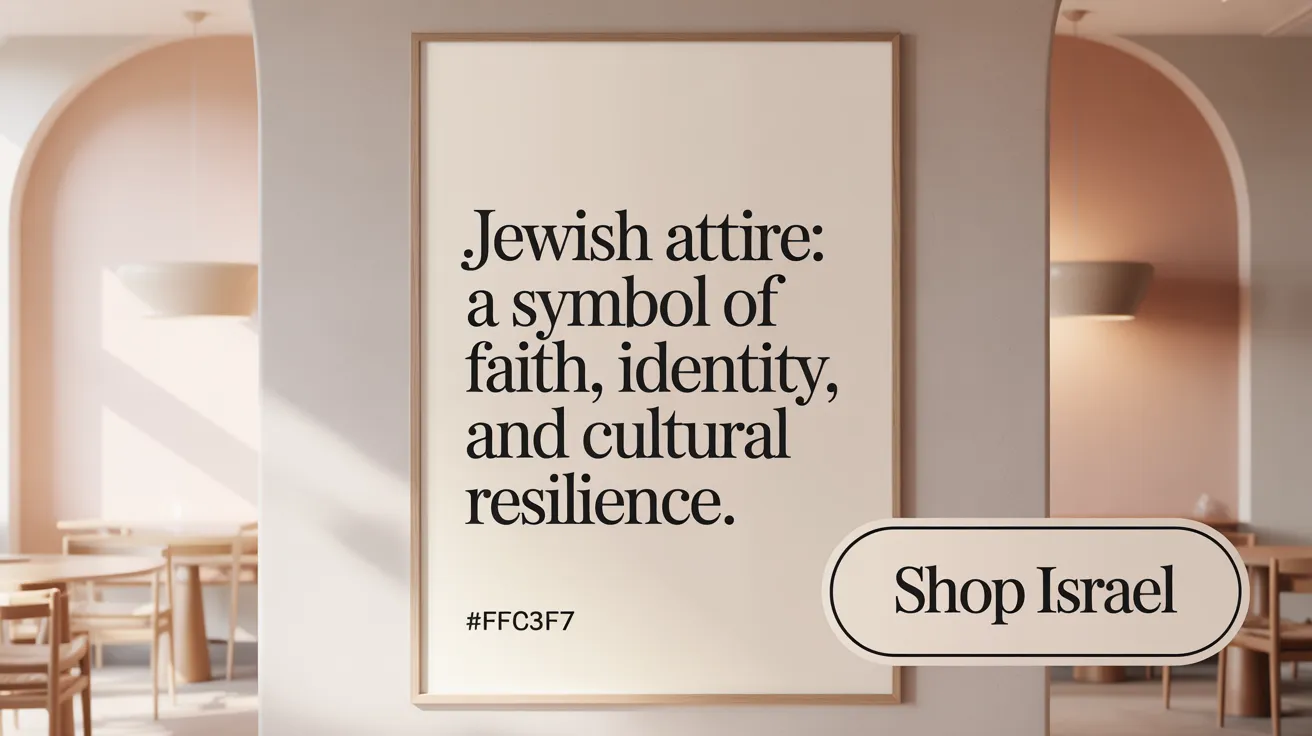
What influence do religious and traditional dress have in contemporary Zionist and Jewish fashion contexts?
Religious and traditional garments hold a profound influence on modern Zionist and Jewish fashion, acting as vital symbols of cultural identity and religious adherence. Elements such as tzitzit—fringes attached to four-cornered garments—proudly display adherence to biblical commandments and serve as visual markers of faith and continuity (Jewish religious clothing, Biblical Jewish Garments).
Contemporary Jewish fashion often integrates these traditional motifs subtly into everyday wear, blending modern aesthetics with spiritual symbolism. For example, many designers incorporate the geometric patterns of tzitzit, the high necklines inspired by modest dress, or the use of specific fabrics and cuts that respect tznius—the Jewish concept of modesty (Orthodox Jewish modest fashion, Jewish modesty and tzniut).
This blending demonstrates a conscious effort to preserve religious identity while engaging with current fashion trends. In Zionist contexts, modest dress acts as a reaffirmation of cultural heritage, promoting a peaceful assertion of identity through attire that balances tradition with modern sensibilities (Jewish Zionist keffiyeh cultural symbol).
Jewish clothing also functions as a statement of cultural resilience, asserting a collective identity rooted in biblical law and rabbinic teachings. Garments like the tallit are not merely ritual items but are reimagined into contemporary accessories or fashion statements that symbolize this spiritual legacy (Jewish prayer garments, Jewish religious clothing and symbolism).
Symbolism of modesty and continuity in Jewish and Zionist fashion
In both religious and secular Zionist fashion, modest dress symbolizes continuity with Jewish history and cultural resilience. Traditional styles often feature long sleeves, high necklines, and loose silhouettes, which serve as visual reminders of Jewish values and community boundaries (Jewish modesty laws, Jewish clothing regulations in the Middle Ages).
Modern designs draw on these motifs to create clothing that is stylish yet maintains the essence of traditional modesty. For instance, some brands produce long-sleeved dresses with embellishments echoing biblical scrolls or motifs inspired by ancient Jewish textiles (Biblical patterns in contemporary fashion).
This approach highlights a cultural and peaceful assertion of identity, emphasizing that fashion can be a medium for expressing enduring values and connection to heritage without overt religiosity. In this way, modest dress becomes a bridge linking past, present, and future generations (Fashion as political expression, Fashioning Power, Fashioning Peace exhibition).
Role of modest dress as cultural and peaceful identity marker
Modest dress in Jewish and Zionist communities transcends personal preference, functioning as a peaceful cultural statement. It acts as a non-verbal message of respect, spirituality, and cultural pride (Jewish identity symbols).
In secular settings, elements like tzitzit-inspired jewelry, modest-cut contemporary clothing, and head coverings subtly communicate allegiance to Jewish history and values. Such fashion choices foster a sense of belonging and unity among community members while serving as a peaceful recognition of religious diversity (Jewish modesty in clothing).
During times of social tension or conflict, traditional modest dress asserts a peaceful cultural identity, differentiating Jewish communities through style that emphasizes their values of dignity, respect, and spiritual continuity (Jewish religious clothing traditions).
Influence of Torah commandments and community values on design choices
Torah commandments deeply influence design choices within Jewish fashion. The biblical injunction in Numbers 15:38-39 mandates the wearing of tzitzit, and this directive inspires designers to incorporate fringed motifs or geometric patterns that evoke this law (Biblical commandment for tzitzit, Jewish religious clothing).
Community values, such as humility, modesty, and sanctity, shape both the aesthetic and functional aspects of attire. This means prioritizing clothing that covers the body adequately while maintaining contemporary style, often through innovative cuts, layering, and fabric choices (Modesty in Jewish dress).
Designers embrace these religious guidelines by creating fashionable attire that adheres to tznius, reinforcing community cohesion and spiritual discipline. These fashion expressions serve as everyday demonstrations of faith, asserting that religious identity can be both stylish and peaceful (Orthodox Jewish fashion designers).
Search Query: Zionist Jewish modest fashion and tzitzit symbolism
Research into Zionist Jewish fashion often reveals a focus on traditional motifs like tzitzit, as symbols of faith and national identity. This imagery appears not only in clothing but also in accessories, jewelry, and textiles, acting as peaceful symbols of cultural resilience (Jewish fashion as cultural identity).
Emerging designers blend ancient symbols with modern fashion, creating collections that emphasize modesty, tradition, and peace. By doing so, they reinforce a sense of continuity with Jewish history while promoting a peaceful expression of identity in diverse social settings (Jewish contribution to fashion).
| Topic | Element | Detail |
|---|---|---|
| Traditional Garments | Tzitzit | Biblical fringes attached to four-cornered garments |
| Modern Fashion | Incorporation | Use of tzitzit motifs in jewelry, accessories, and clothing |
| Cultural Significance | Identity | Symbols of faith and community resilience |
| Design Influence | Modesty & Style | Blending biblical motifs with contemporary fashion |
| Symbolic Role | Peace & Continuity | Peaceful cultural expression through attire |
This integration of traditional religious dress into modern Zionist fashion underscores how garments like tzitzit serve not only as religious observance but also as symbols of peace, identity, and cultural continuity amid ongoing social narratives (Fashion as political expression, Jewish religious clothing).
Fashion as Political Voice: The Role of Zionist and Jewish Symbols
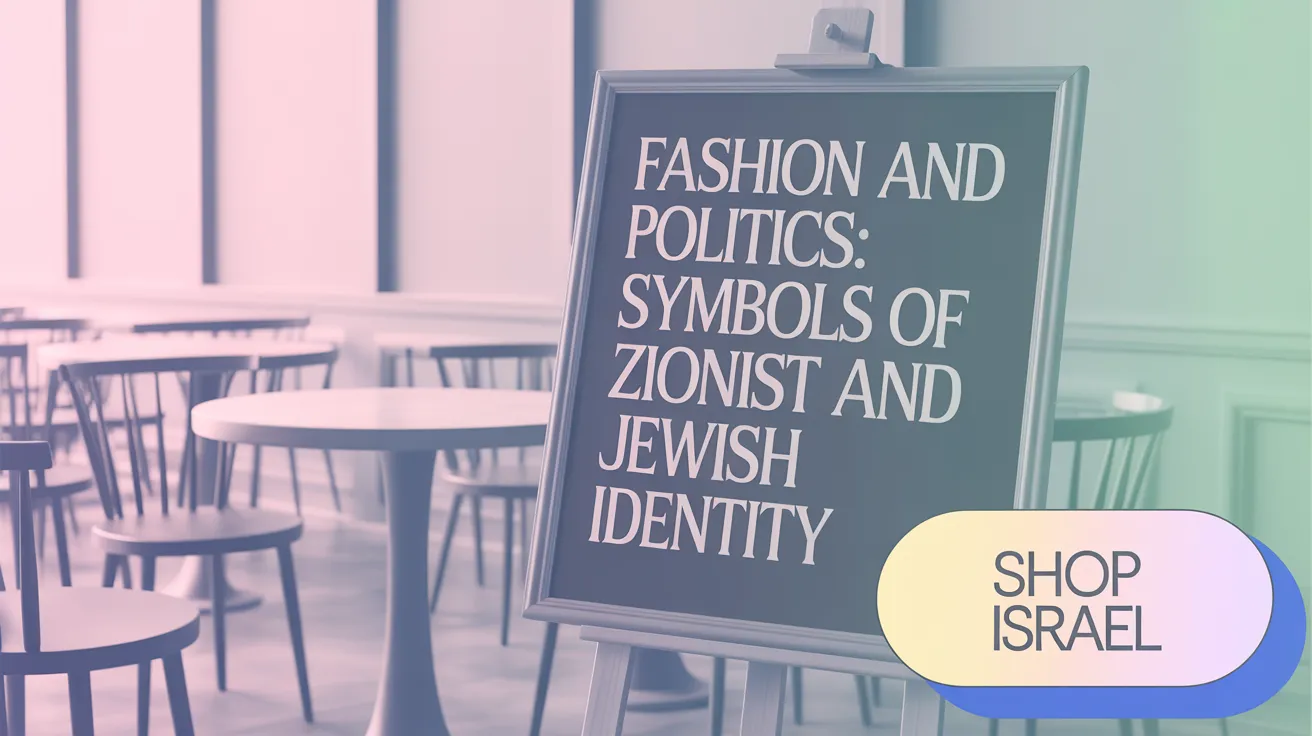
Clothing and fashion have long served as powerful mediums for expressing political beliefs, cultural identity, and activism. For Jewish communities and Zionist movements, fashion is not merely aesthetic but a statement of perseverance, assertion of identity, and political allegiance.
Historical and contemporary fashion choices embed rich political messages. The Star of David, a universal symbol of Jewish identity and protection, has often been incorporated into jewelry, accessories, and clothing, representing pride and resilience. Similarly, the Menorah, symbolizing enlightenment and the ancient Jewish Temple, often appears on coins, garments, and flags, serving as a national emblem and a reminder of communal heritage (Six Symbols Showcase Jewish Pride).
One significant symbol is the keffiyeh—a patterned cotton scarf renowned as a Palestinian resistance emblem. Interestingly, in the early 20th century, many Jewish Zionist leaders and military volunteers wore the keffiyeh, aiming to connect with indigenous and Bedouin cultures in the land of Israel. Initially, this adoption reflected a desire to emulate local peasant life and forge a 'New Jew' identity rooted in native heritage (Jewish Zionist leaders wearing keffiyeh).
Over time, however, the keffiyeh's political symbolism shifted. By the 1930s and especially after the 1929 clashes, the keffiyeh increasingly became associated with Palestinian nationalism and resistance, diverging from its original Zionist usage. Today, it is widely recognized as a symbol of Palestinian identity and resilience, worn in protests and social movements worldwide (Keffiyeh symbolism and Palestinian identity).
Fashion also plays a role in asserting political beliefs through clothing designs, accessories, and slogans. Celebrities like Bella Hadid have incorporated keffiyeh-inspired fashion into their ensembles, drawing attention to Palestinian causes. Organizations like Australian Friends of Palestine use fashion and apparel—T-shirts, embroidered scarves—to promote peace and solidarity (Fashion as political expression and pro-Palestinian activism).
The integration of political symbols in fashion extends into activism, where garments act as canvases for messages of resistance, hope, and cultural pride. Fashion collections and streetwear in Middle Eastern contexts often feature motifs like olive branches, waterway patterns, or land maps, reinforcing land rights and national identity (Fashion activism and Middle Eastern symbolism).
Furthermore, fashion activism related to Zionist and Jewish causes can challenge industry norms around cultural representation. It opens conversations about the importance of authentic symbols versus cultural appropriation. For example, movements advocate for responsible design choices that respect cultural significance (The Enduring Trajectory of Jewish Fashion).
In summary, fashion functions as a significant political tool—visual, accessible, and expressive. Whether through traditional symbols like the Star of David or contemporary adaptations of resistance motifs like the keffiyeh, clothing remains a vital means for individuals and communities to communicate their identities, beliefs, and political causes (Fashion and Politics Interlinked).
| Symbol/Element | Cultural Significance | Usage Context | Modern Implications |
|---|---|---|---|
| Star of David | Jewish identity and protection | Jewelry, garments, flags | National pride, religious identity (Six Symbols Showcase Jewish Pride) |
| Menorah | Enlightenment, Jewish heritage | Coins, flags, ceremonial clothing | Cultural symbol, political identity (Six Symbols Showcase Jewish Pride) |
| Keffiyeh | Palestinian resistance and resilience | Protests, fashion, cultural statements | Political solidarity, resistance, cultural pride (Keffiyeh symbolism and Palestinian identity) |
| Olive Branch | Peace, prosperity | Land motifs, accessories | Symbol of peace negotiations and hope (Keffiyeh symbolism and Palestinian identity) |
Fashion continues to evolve as a platform for political expression, enabling communities to assert their identities and beliefs visibly. As symbols and fashion integrate, clothing becomes more than fabric—it's a language of resistance, pride, and hope (Fashion activism and social change).
Peace Themes in Fashion: Symbols and Messages Worn on the Body
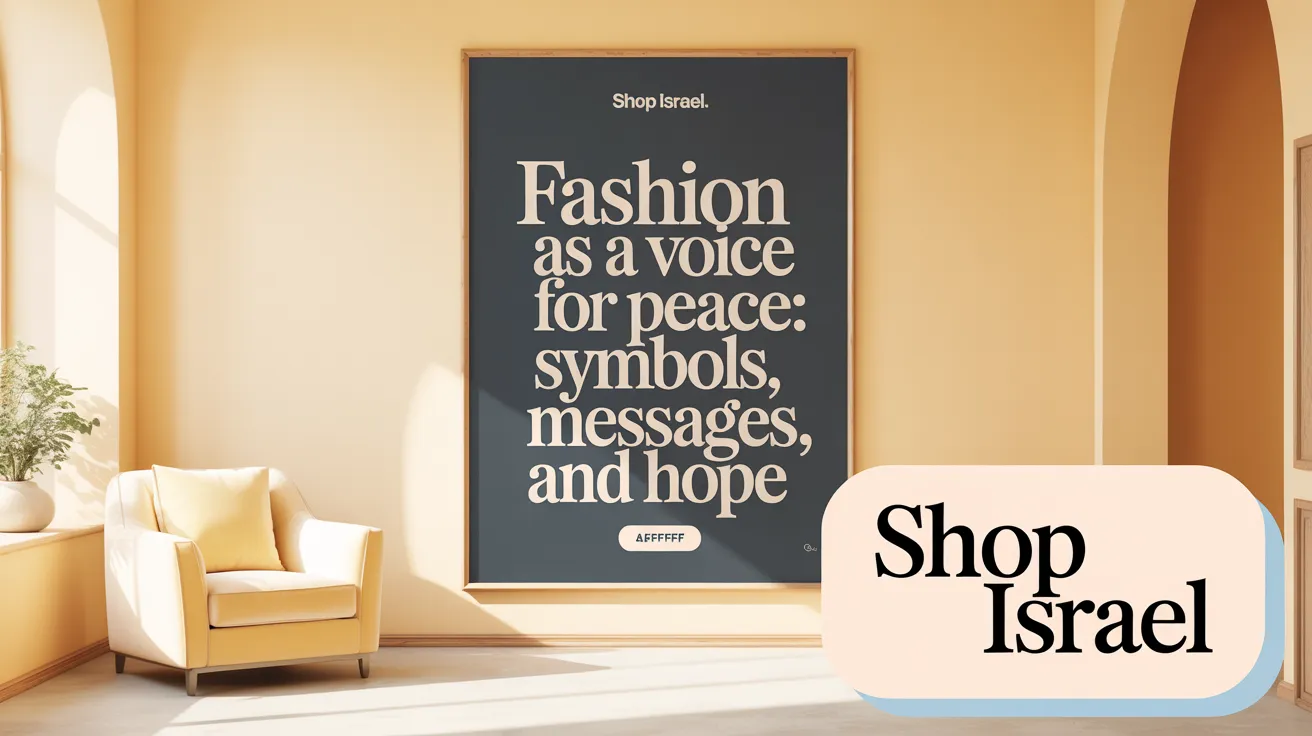
In what ways are peace messages and themes incorporated into fashion and clothing designs?
Fashion has long been a powerful tool for conveying messages of peace, unity, and hope. Designers and brands frequently incorporate universal symbols such as doves, olive branches, and peace signs into their collections. These symbols are typically embedded into clothing via embroidery, prints, accessories, or unique textile patterns.
For example, the dove—an enduring icon of peace—appears on T-shirts, jackets, and jewelry, representing innocence and reconciliation. Olive branches, historically linked to Palestinian resilience and diplomatic efforts, are used in embroidery or as motifs on scarves and bags, signaling solidarity and hope (keffiyeh symbolism).
Color schemes also play a crucial role. White and green are often associated with peace and renewal, and are utilized in fabrics and designs to evoke calm and harmony. Designing with these colors reinforces the message visually.
Fashion labels sometimes create dedicated collections explicitly advocating for peace. Collaborations like H&M’s Knotted Gun Collection, inspired by Carl Fredrik Reuterswärd’s iconic sculpture, feature symbols like the peace sign and the Knotted Gun—created as a response to violence, especially the assassination of John Lennon. These collections often emphasize sustainability, using organic cotton and eco-friendly dyes, aligning ethical responsibility with social messaging (UNIQLO Peace for All campaign).
Fashion shows and exhibitions are also platforms for promoting peace. Events like 'Fashioning Peace' showcase garments and accessories that celebrate cultural diversity and non-violence. These initiatives demonstrate how clothing can foster dialogue and understanding among different communities (Fashioning Power, Fashioning Peace exhibition).
Clothing campaigns promoting peace
Organizations and designers lead campaigns that use clothing as a medium for advocacy. Peace-themed T-shirts, scarves, and accessories are sold to raise awareness and funds for conflict resolution efforts. For instance, apparel bearing symbols of peace and messages advocating for the end of violence serve both as statements and support tools (Peace for All campaign by UNIQLO).
Social and ethical implications of peace-themed apparel
While peace-themed fashion can inspire hope and promote dialogue, it also raises ethical questions. The production of peace apparel ideally aligns with fair labor practices and environmental sustainability. Brands engaging in peace campaigns are increasingly scrutinized for their transparency and their social impact (Fashion for Peace movement).
Fashion exhibitions promoting peace and unity
Exhibitions like 'Fashioning Power, Fashioning Peace' at the Wilson House highlight how traditional textiles, contemporary designs, and avant-garde pieces can communicate messages of peace. These events showcase the transformative power of fashion to foster empathy, cross-cultural understanding, and social cohesion (Fashioning Power, Fashioning Peace exhibition).
In conclusion, fashion's ability to embed peace symbols and messages extends beyond aesthetics—it acts as a catalyst for social change. Through thoughtful design, ethical practices, and shared cultural symbols, clothing can become a body-worn manifesto for hope and global harmony.
More info search query: Peace symbols in fashion and clothing design
Ethical Considerations and Controversies in Zionist-Linked Fashion Brands
What are the ethical, political, and social implications associated with brands and products linked to Zionist or Israeli interests?
Brands that have associations with Zionist or Israeli interests often operate within a complex web of ethical, political, and social issues. The controversy mainly centers around their involvement or support of activities related to the Israeli-Palestinian conflict, such as supporting Israeli settlements on Palestinian land or engaging in sponsorships linked to disputed territories.
Ethically, these brands are scrutinized for their roles in or indirectly benefiting from actions considered illegal under international law, including settlement expansion and military collaborations. Critics argue that supporting or being associated with such activities can perpetuate human rights violations, displacement, and ongoing conflict. Consumer movements like Boycott, Divestment, Sanctions (BDS) actively target such brands to push for accountability and ethical commerce. For more on Alternative Ethical Brands Supporting Palestine.
Politically, these associations often polarize public opinion. Supporters view them as aligning with national pride and economic development, while opponents see them as endorsing and enabling occupation and injustice. This dichotomy influences corporate reputation, motivates activism, and raises questions about corporate social responsibility in conflict zones. Additionally, some major fashion brands and companies have openly shown their political stances, such as those covered in American Eagle Outfitters and Israeli Support.
Socially, these ties often deepen divisions among consumers and communities. Some groups may boycott brands supporting Israeli settlements, while others may support them to stand with national or cultural identity. This leads to broader debates on free expression, cultural dialogue, and ethical consumerism in a globalized market.
In conclusion, the involvement of fashion brands with Israeli or Zionist interests brings about significant ethical debates concerning human rights and legal standards. It also fuels political discourse and social activism, challenging companies to navigate complex moral terrains while influencing consumer behavior and industry practices. Awareness of these issues encourages more responsible decision-making in fashion—and underscores the importance of aligning business practices with broader social justice principles.
Clothing as a Canvas for Peace and Identity
Zionist fashion, steeped in history and tradition, serves as a profound medium for expressing identity, faith, and aspirations for peace. From the keffiyeh’s complex symbolism to the enduring grace of tzitzit and modest dress, clothing becomes a language that narrates cultural resilience and strives for unity beyond conflict. When complemented by peace-focused campaigns and ethical reflections on fashion branding, it reveals the potential of garments not just as wearables but as powerful statements of diplomacy, activism, and hope. Thus, fashion in Zionist and Jewish contexts continues to weave narratives that speak eloquently about heritage, coexistence, and a shared future rooted in respect and peace.
